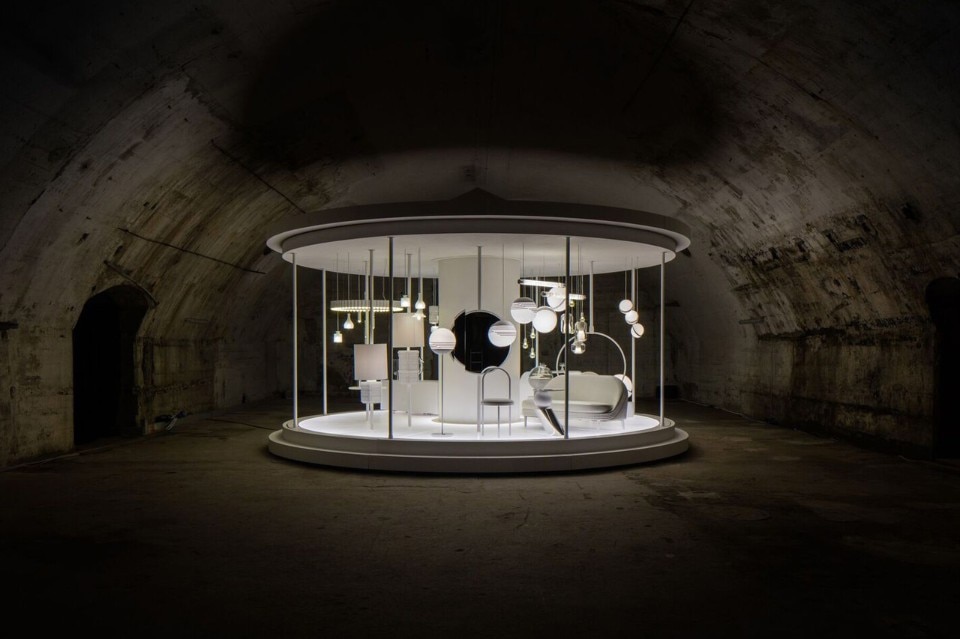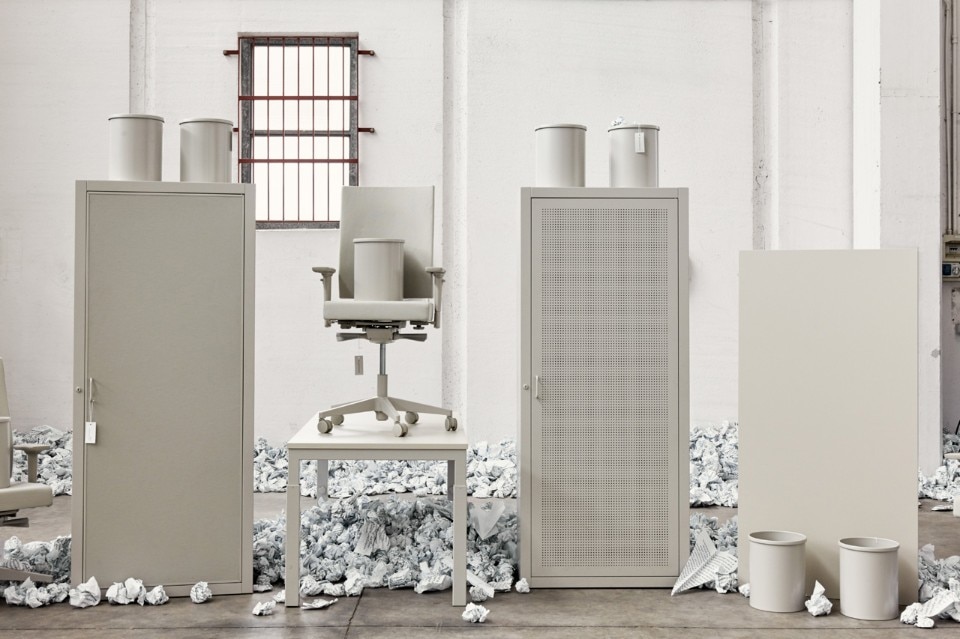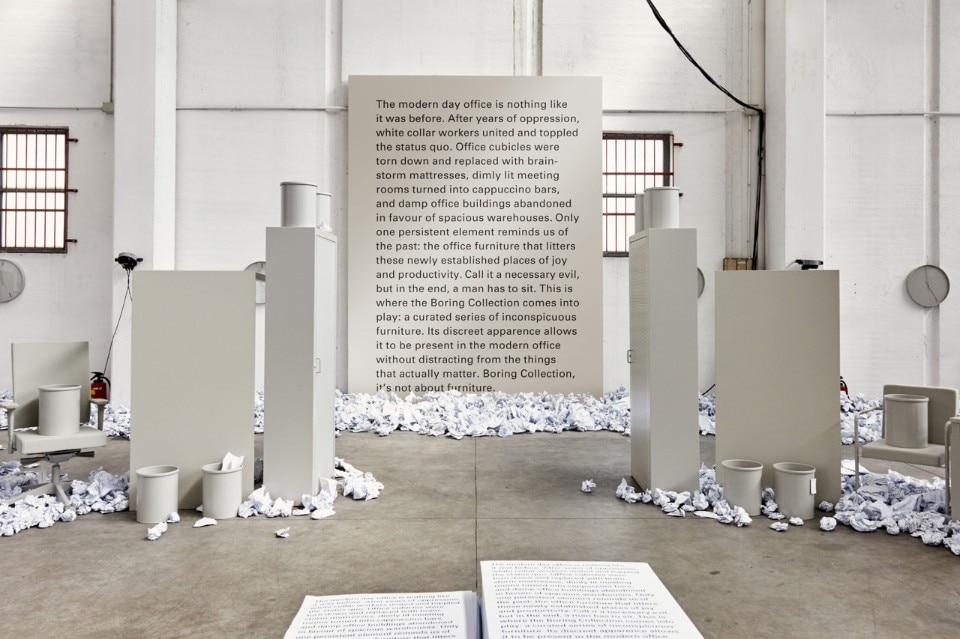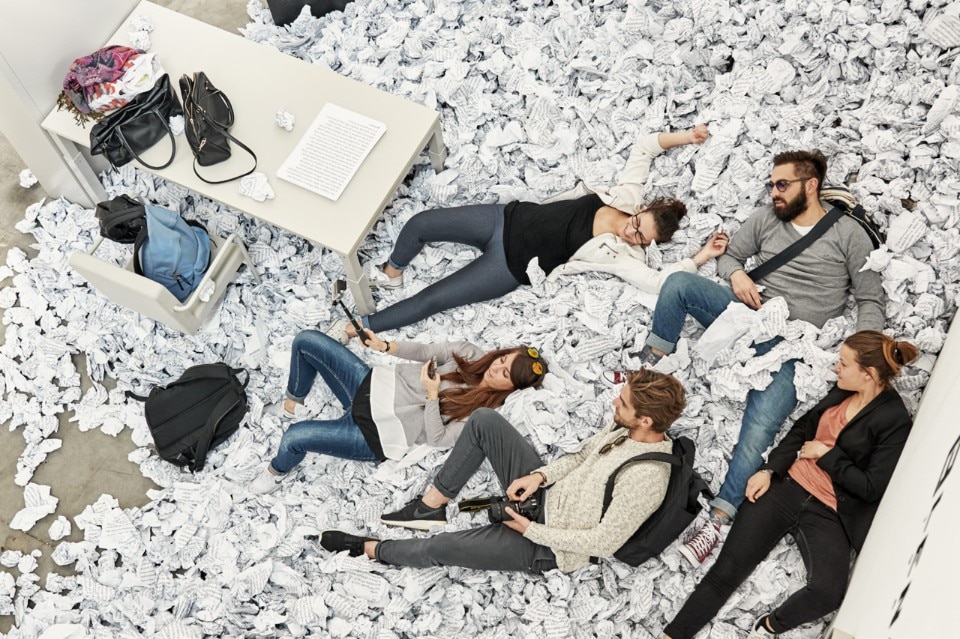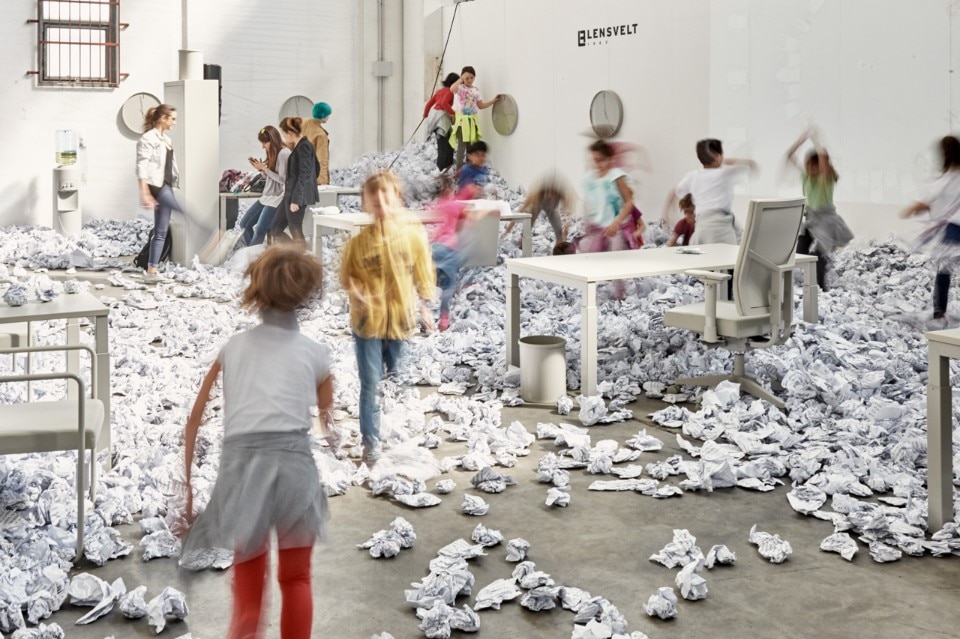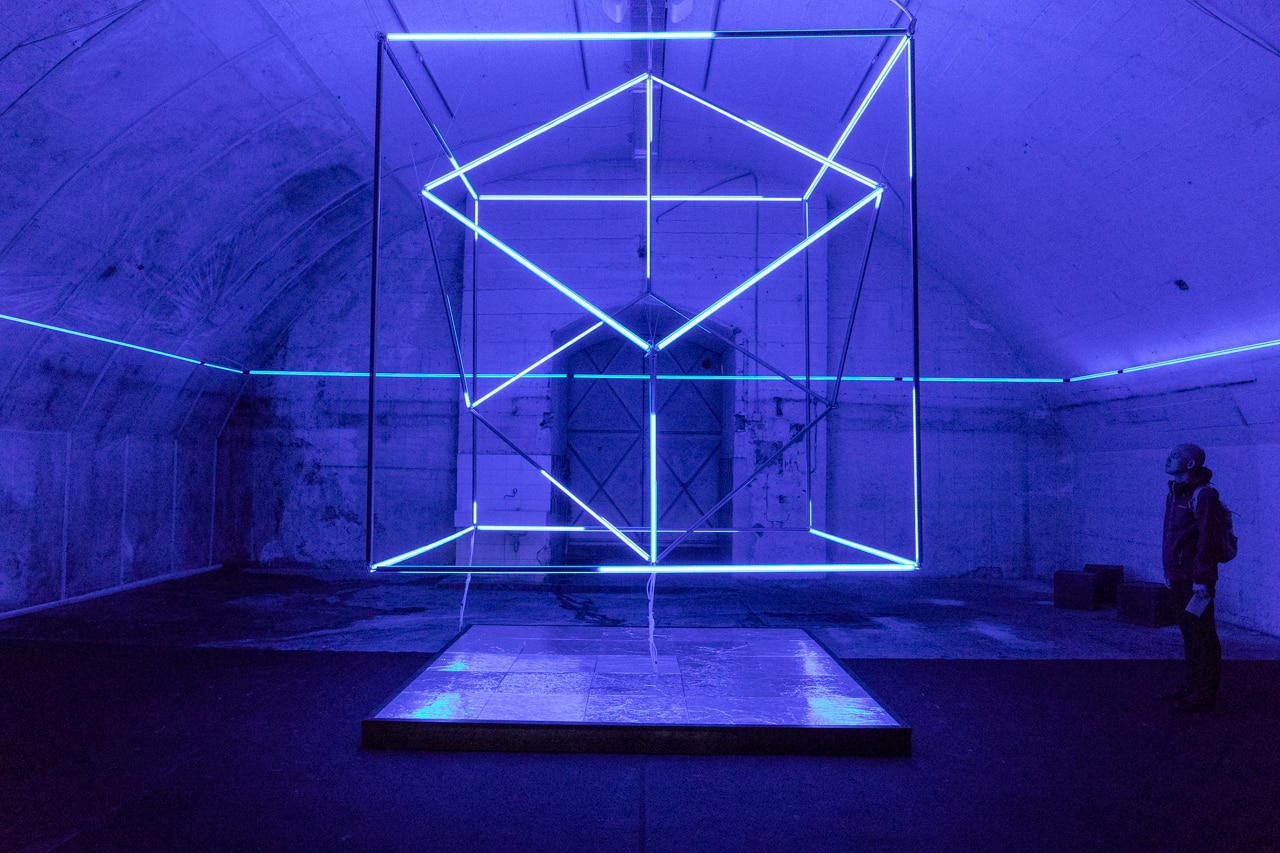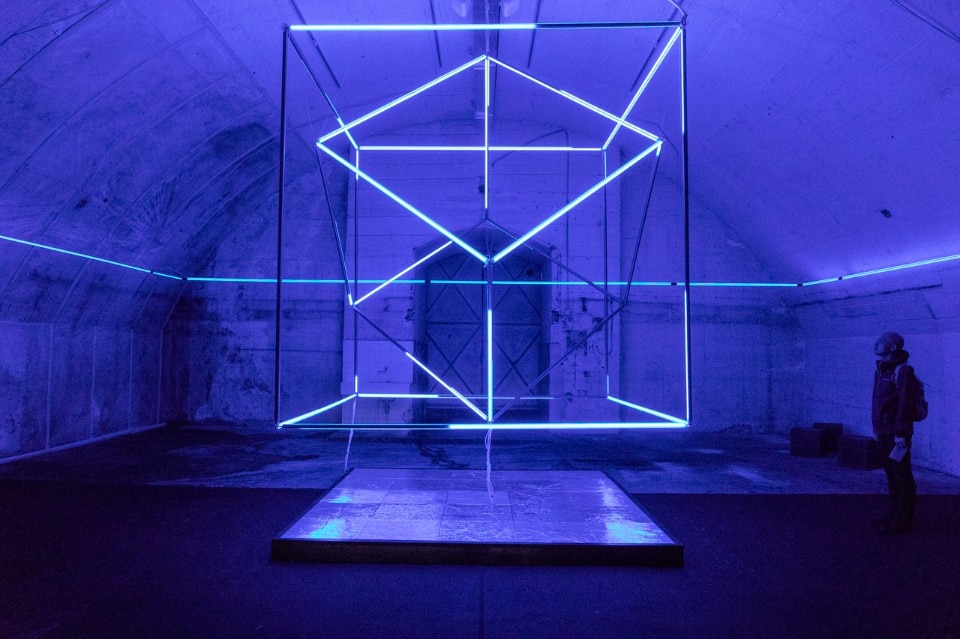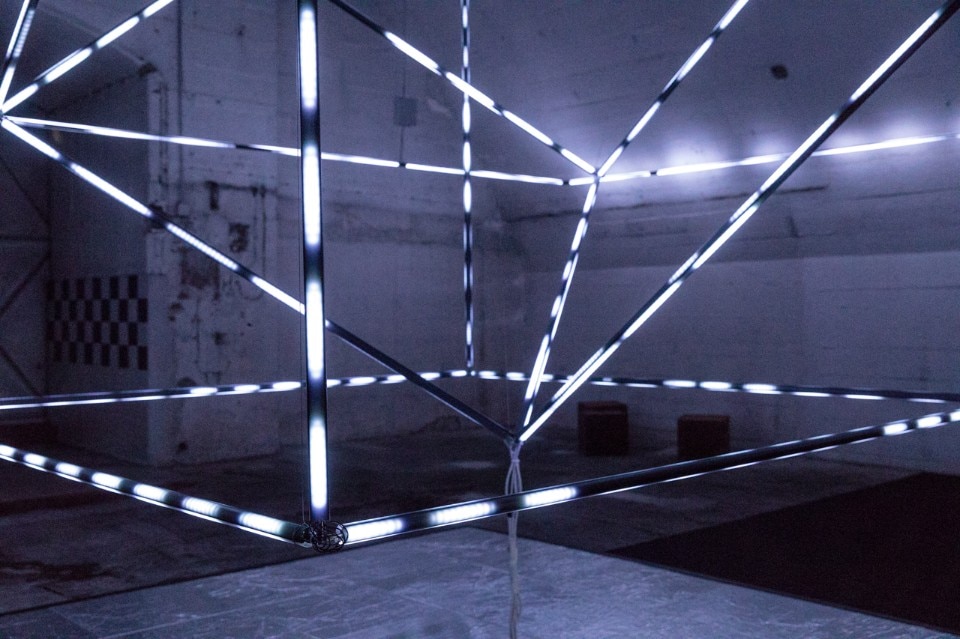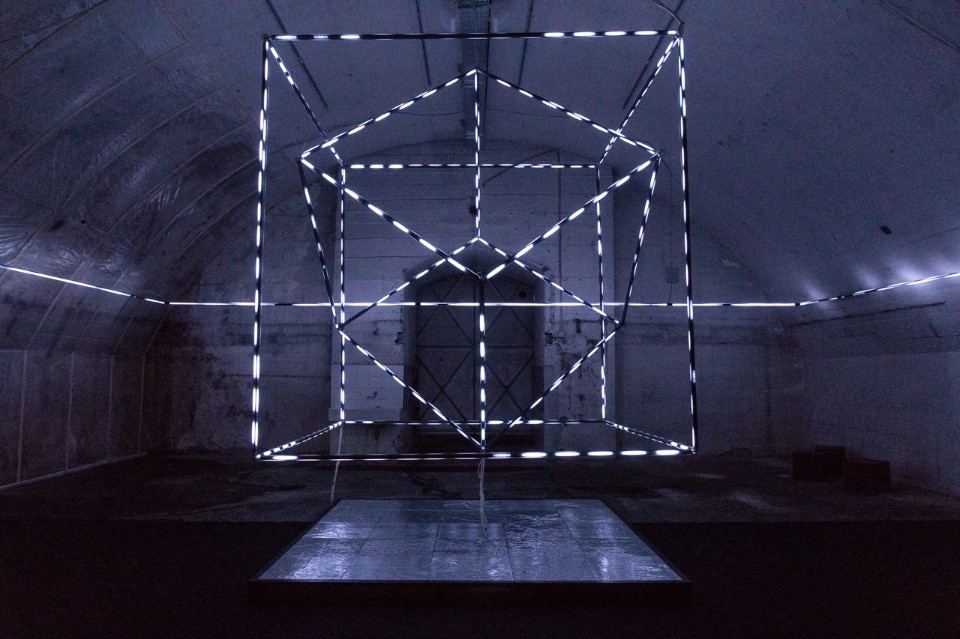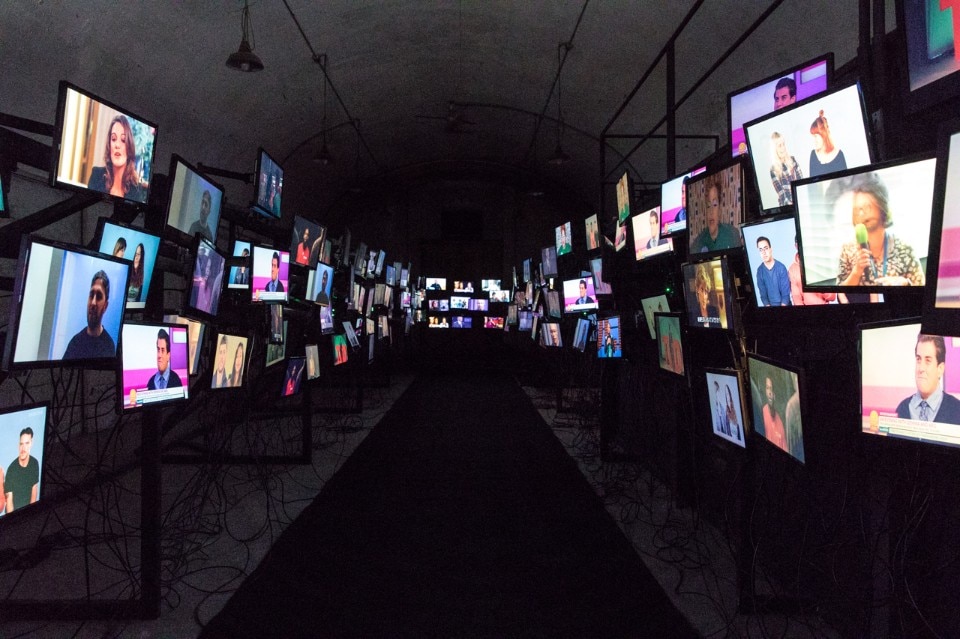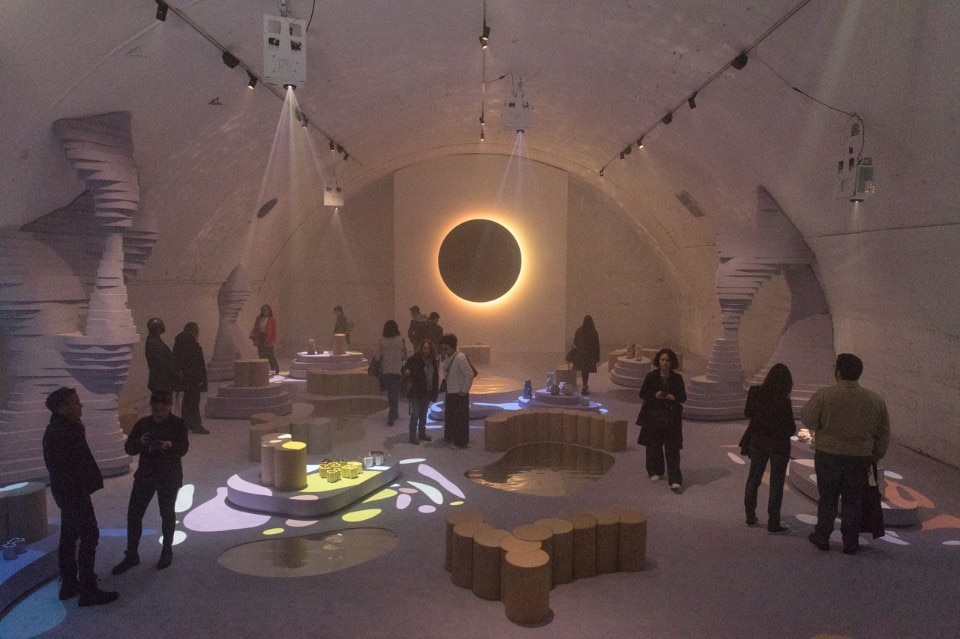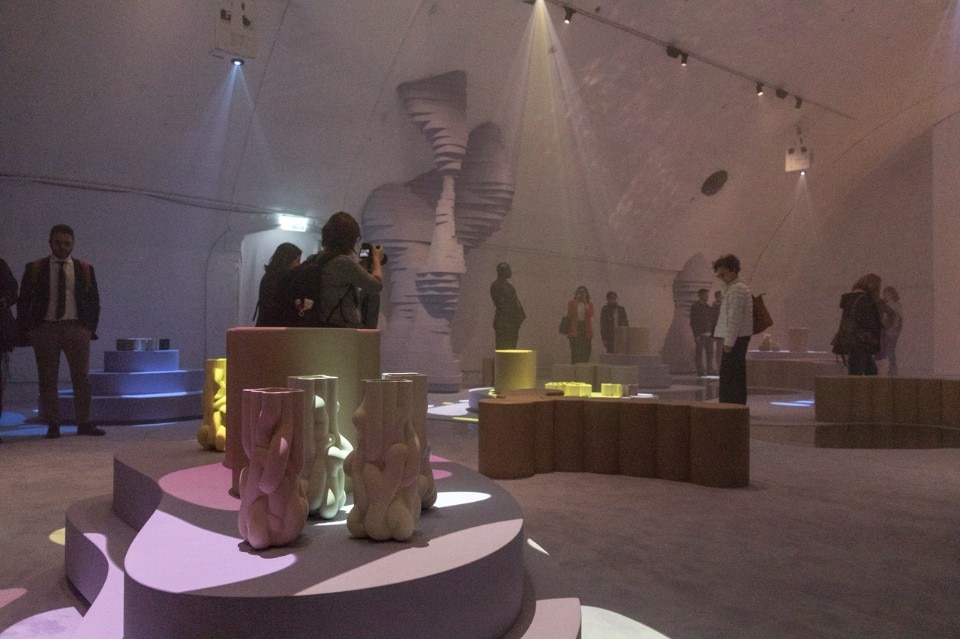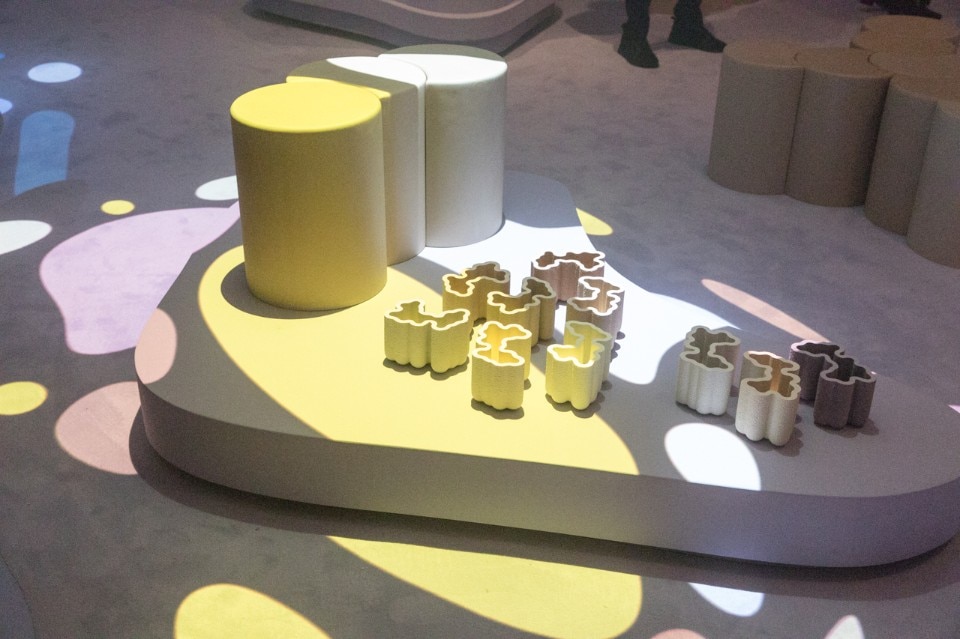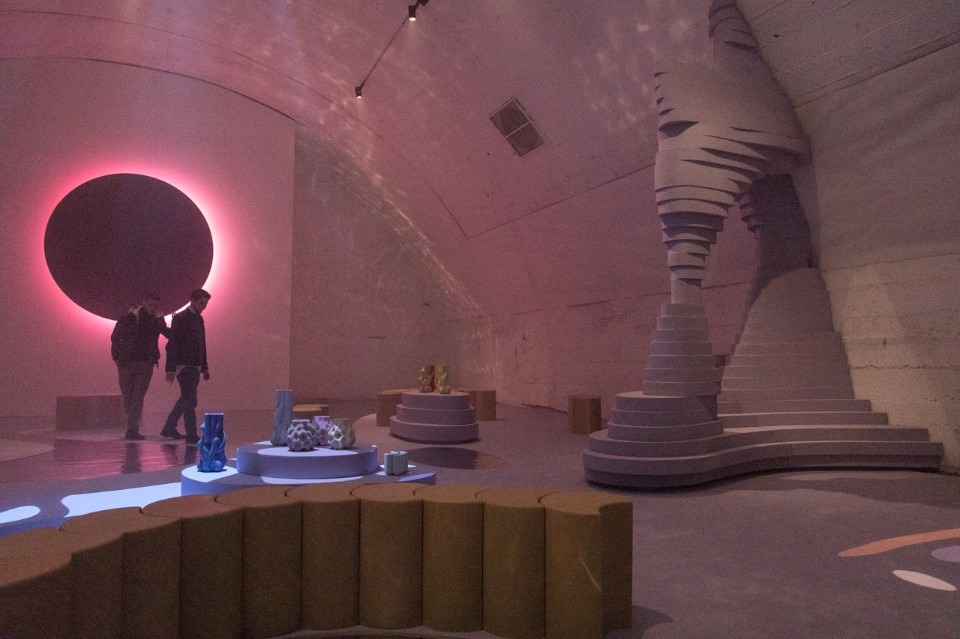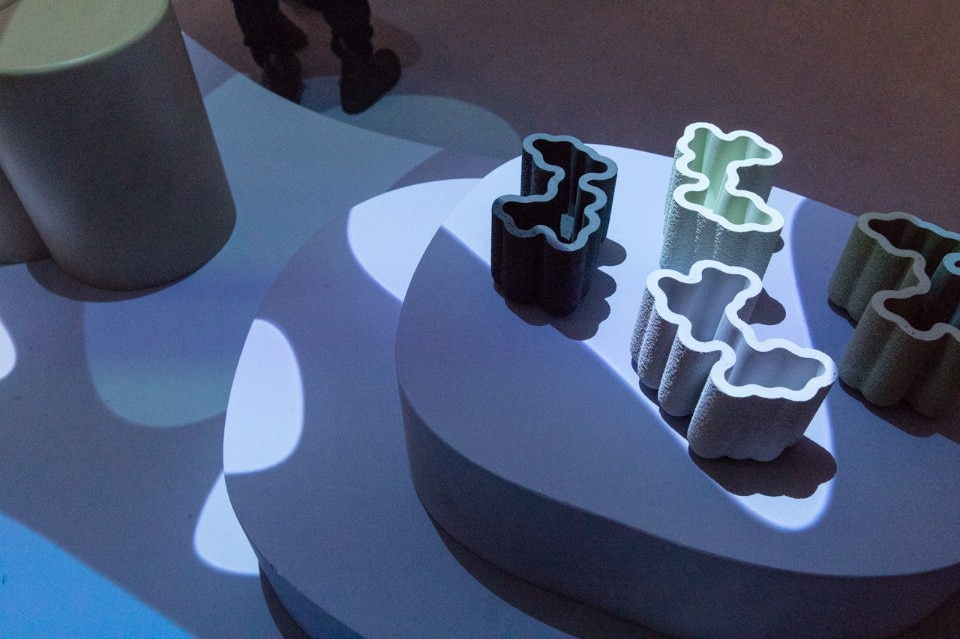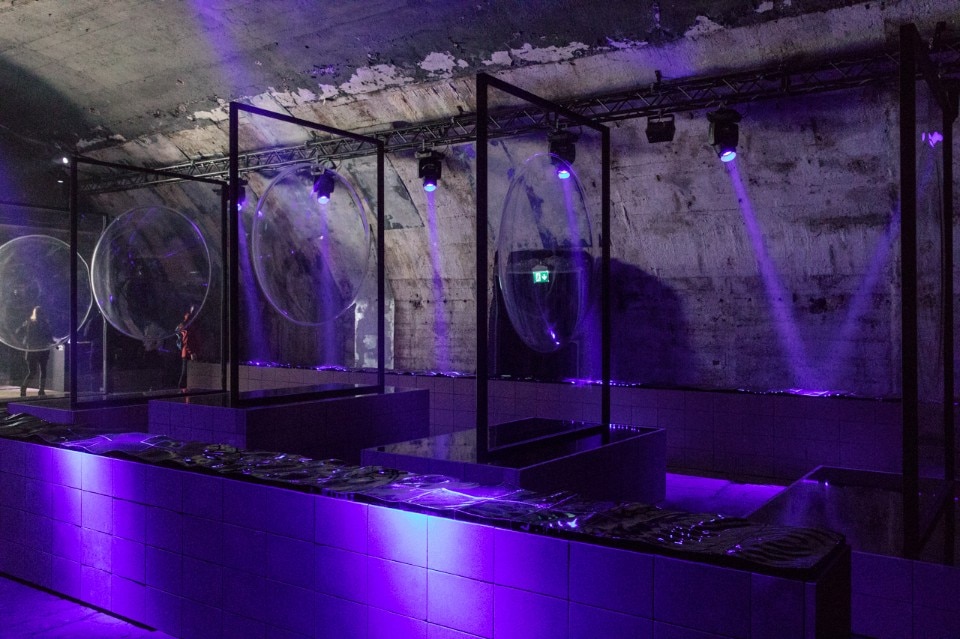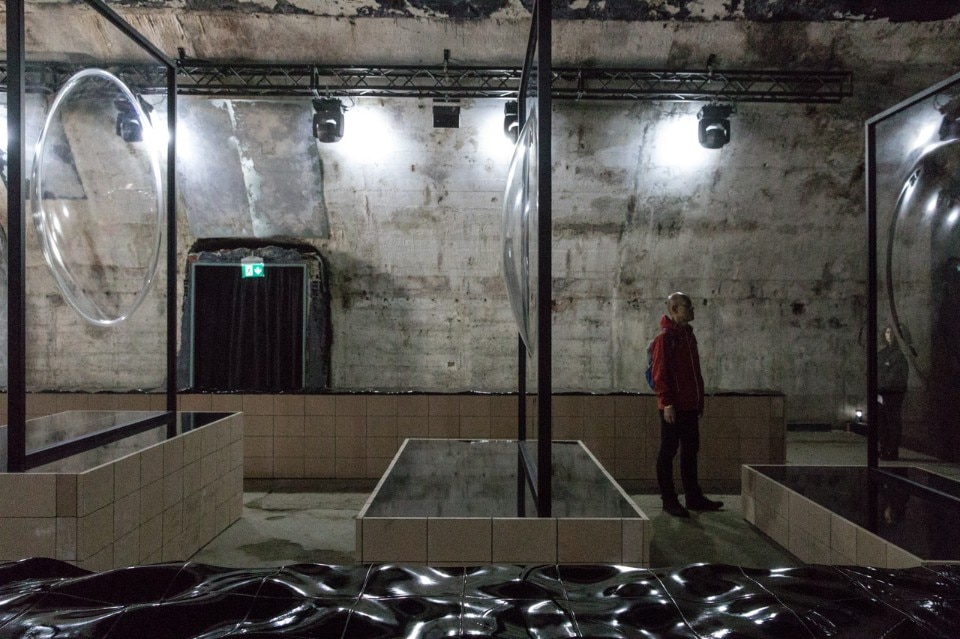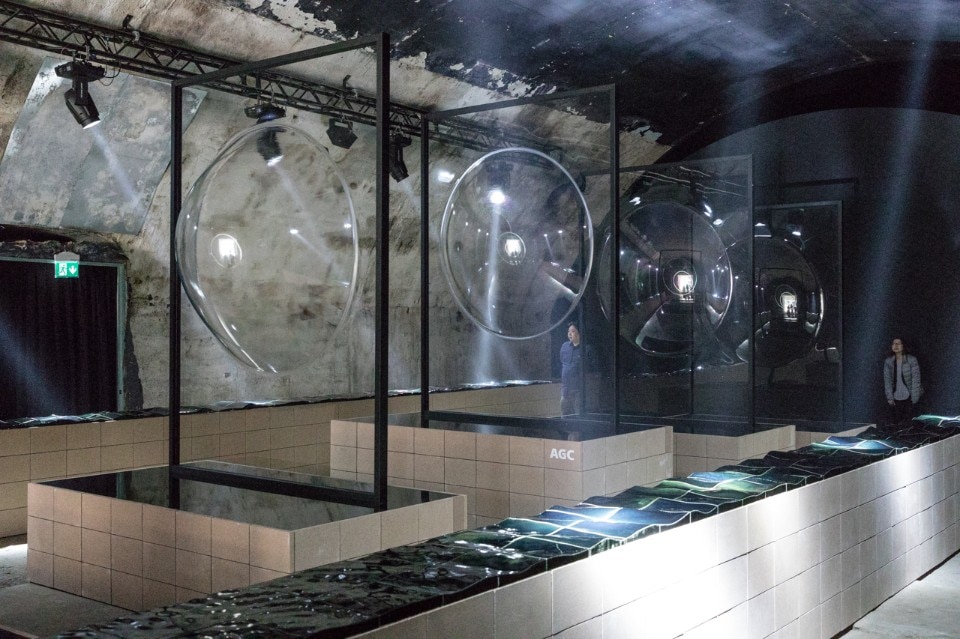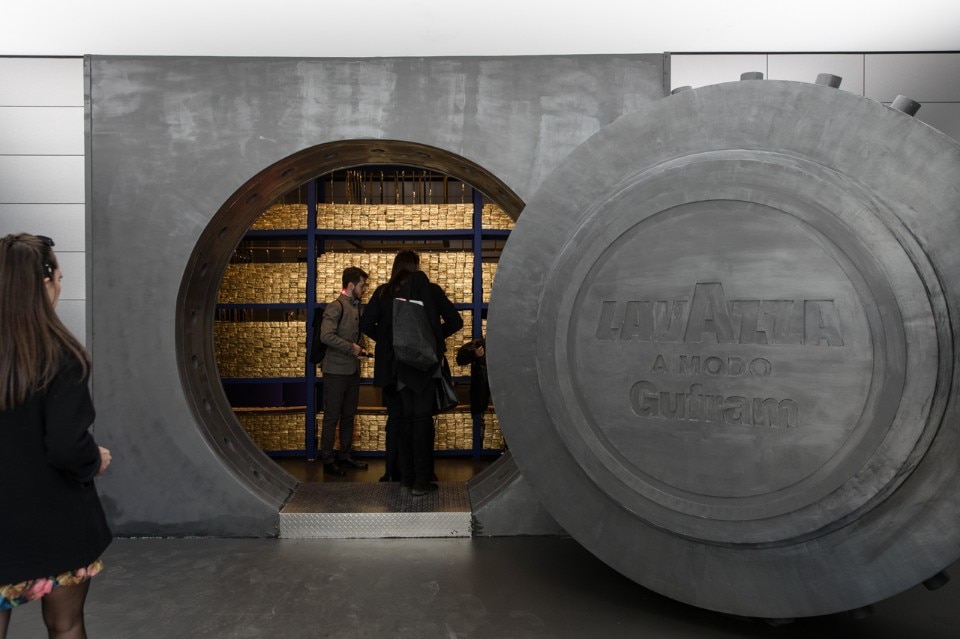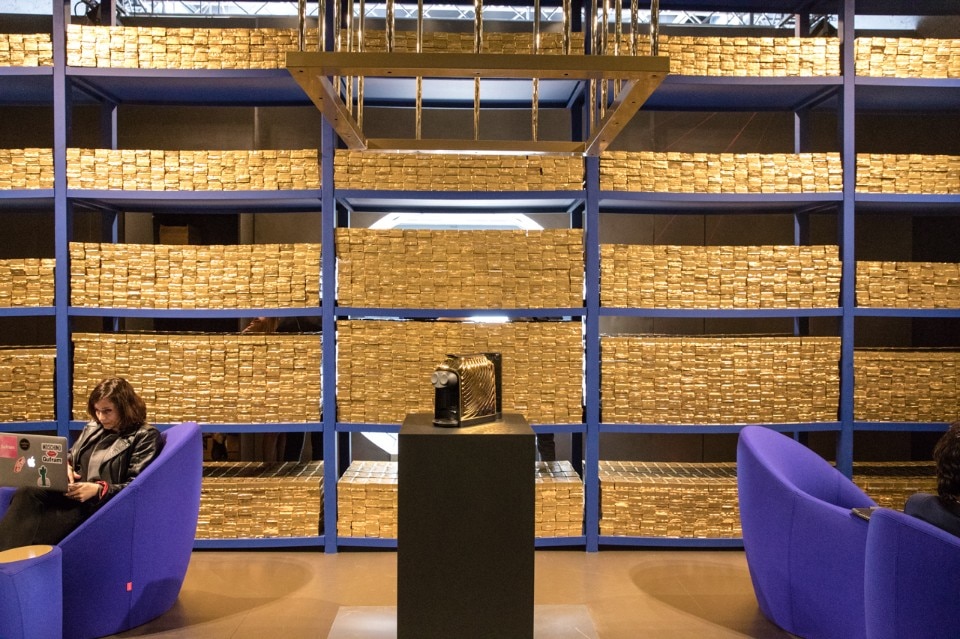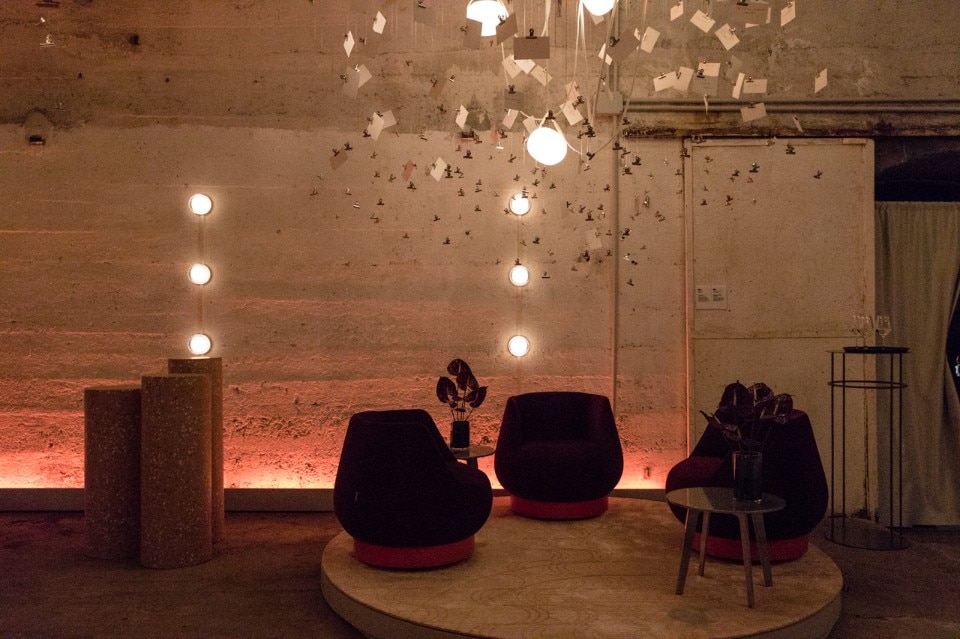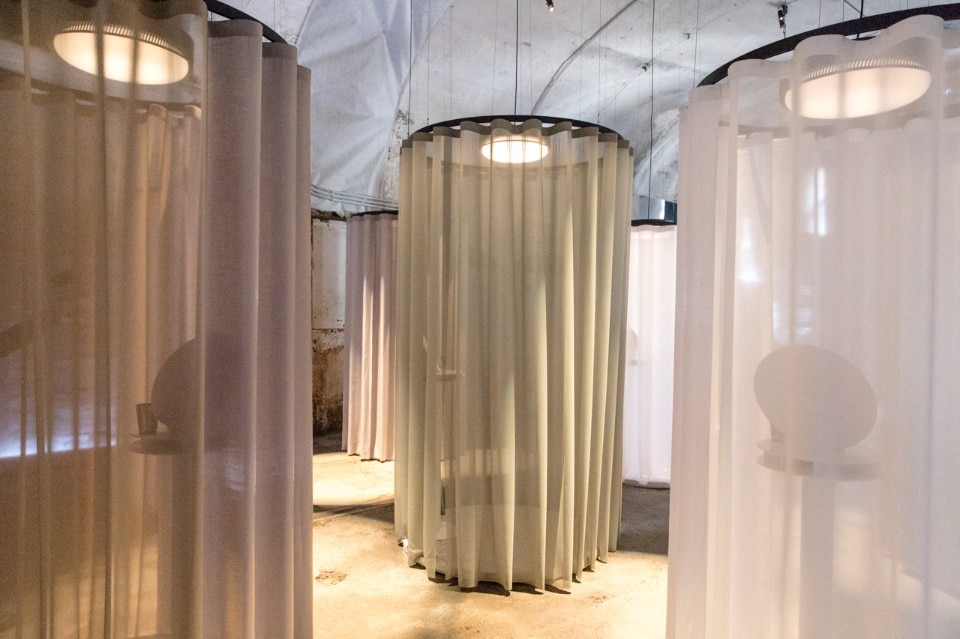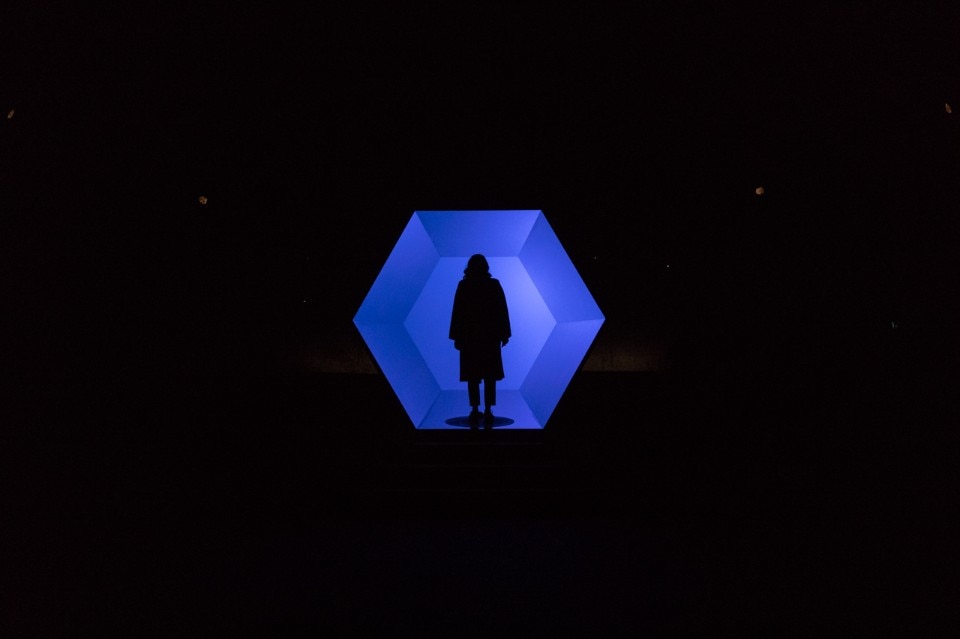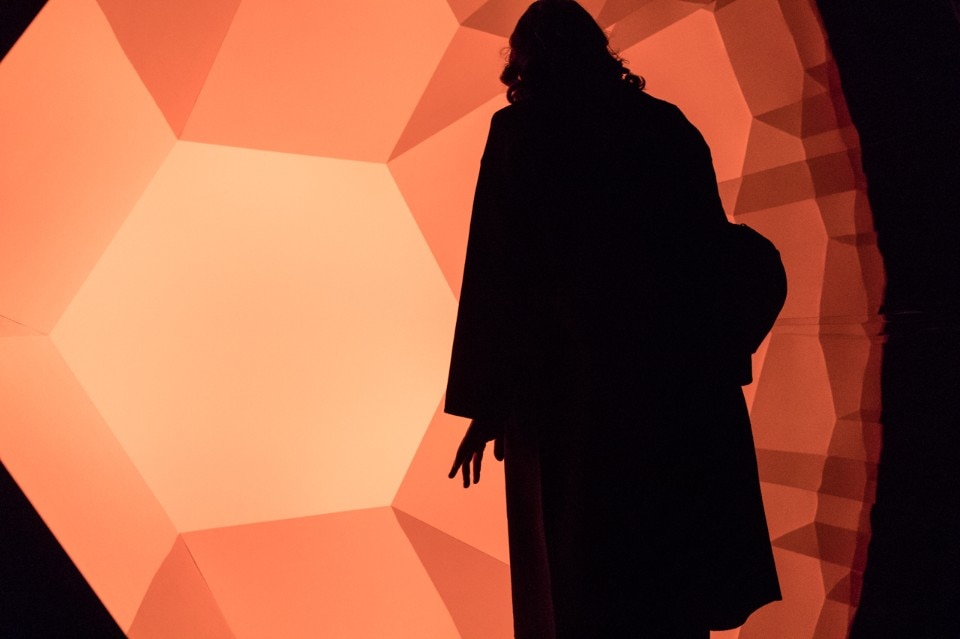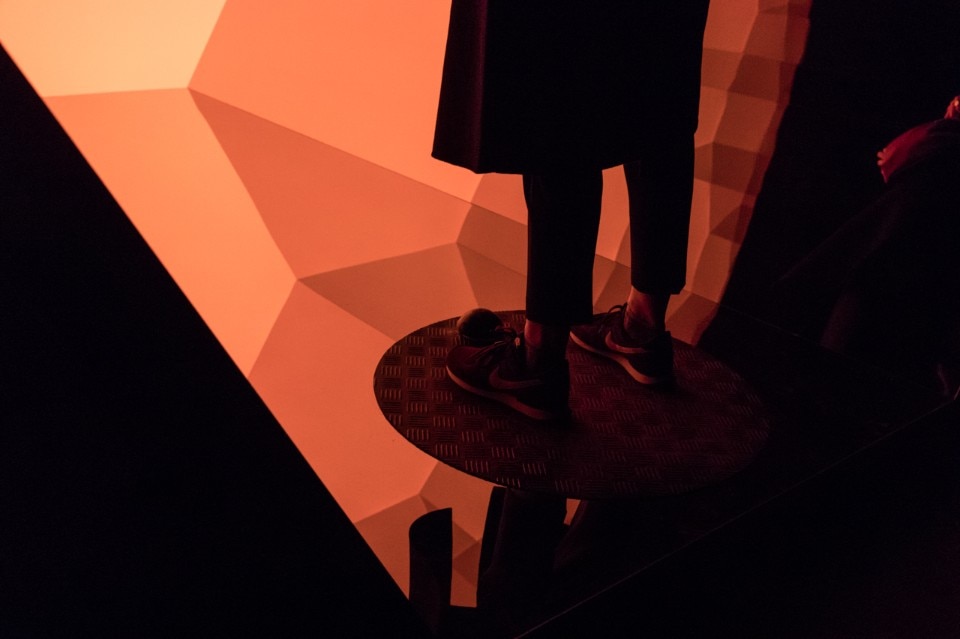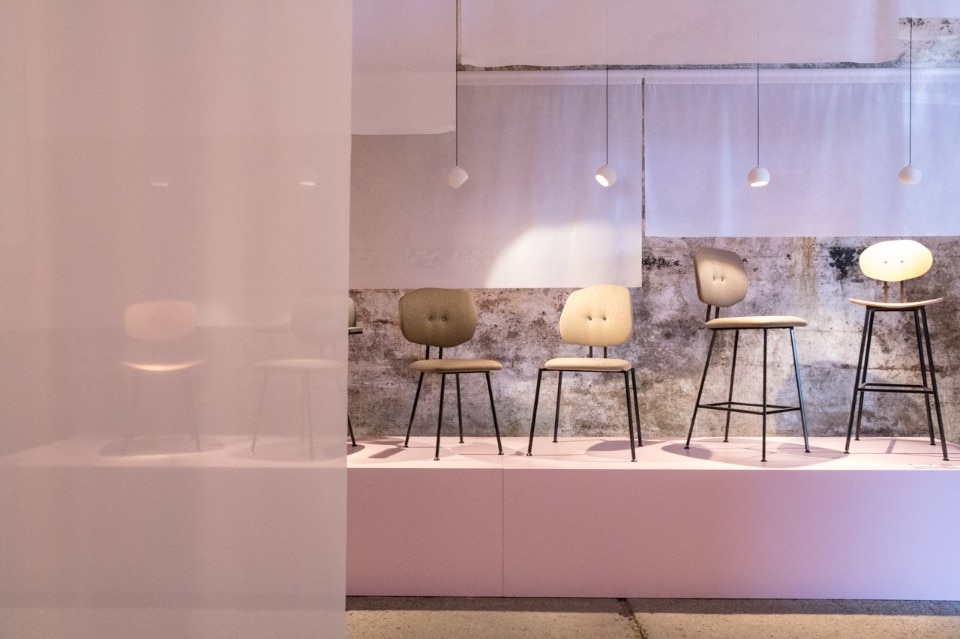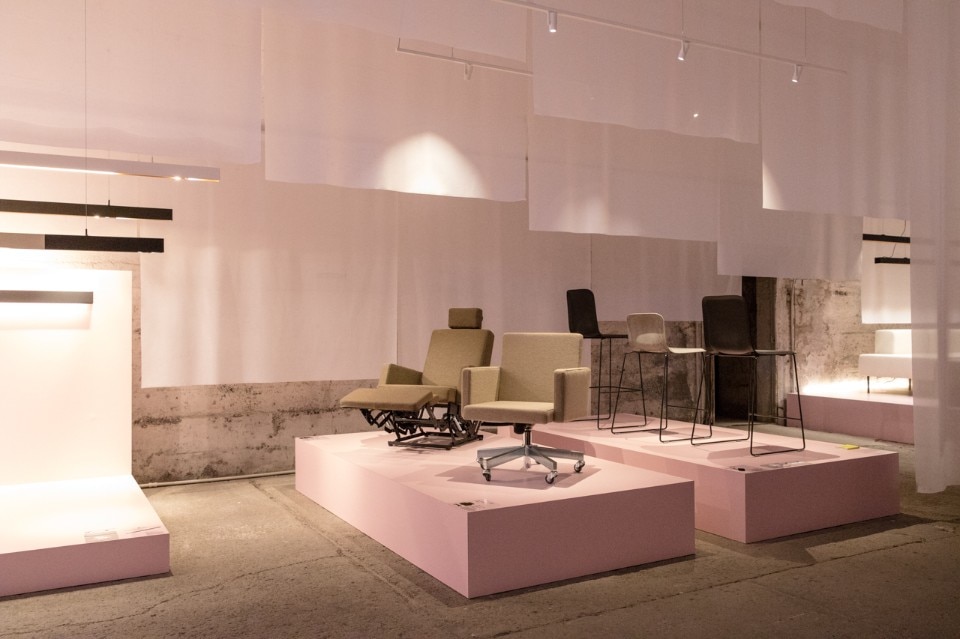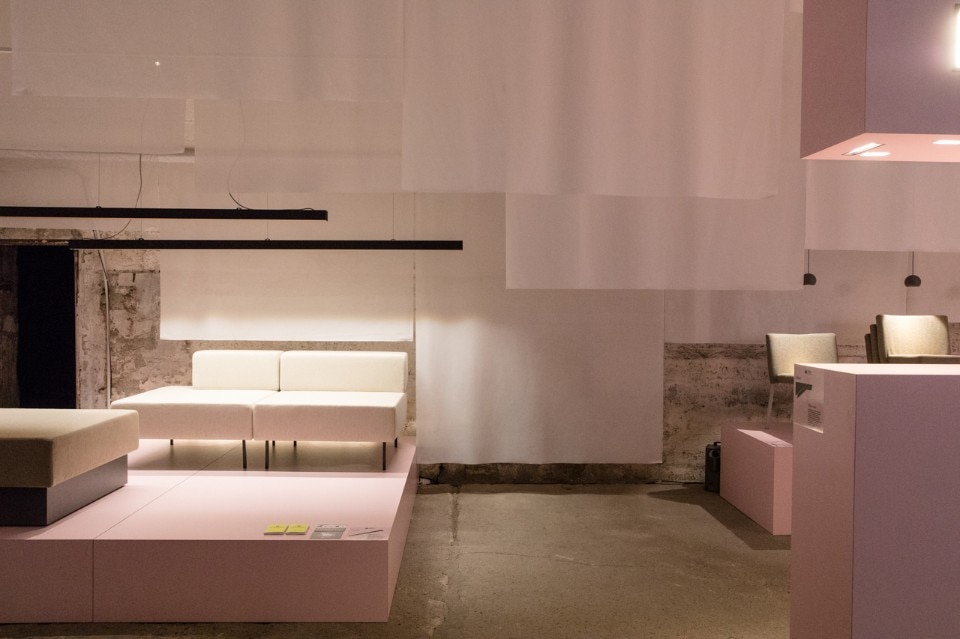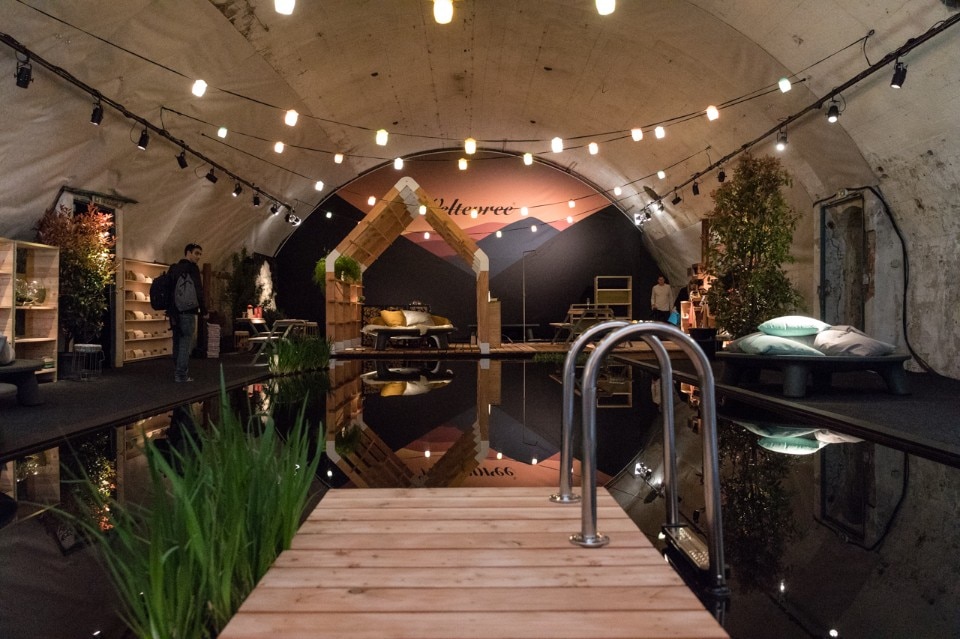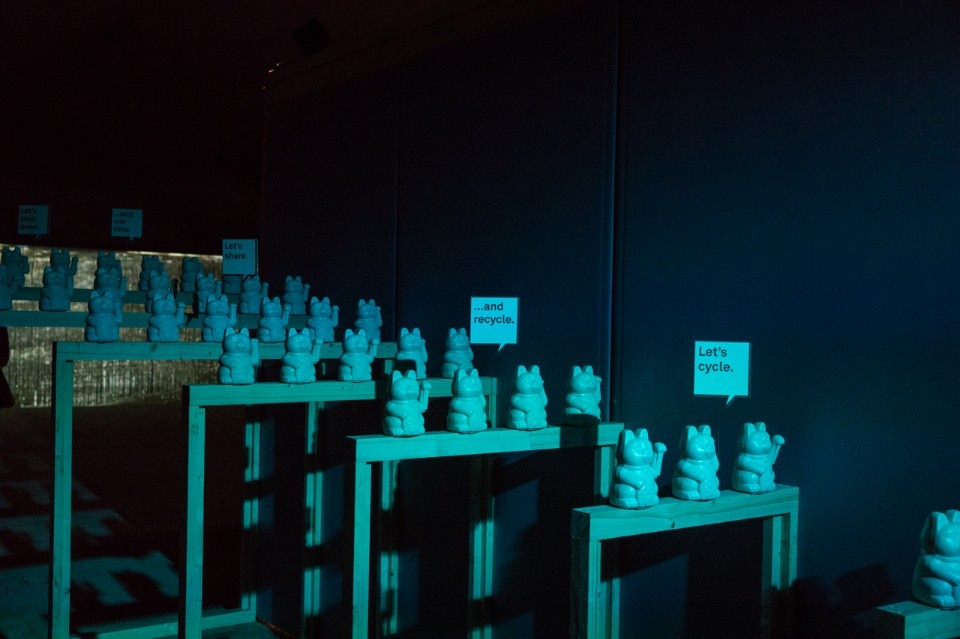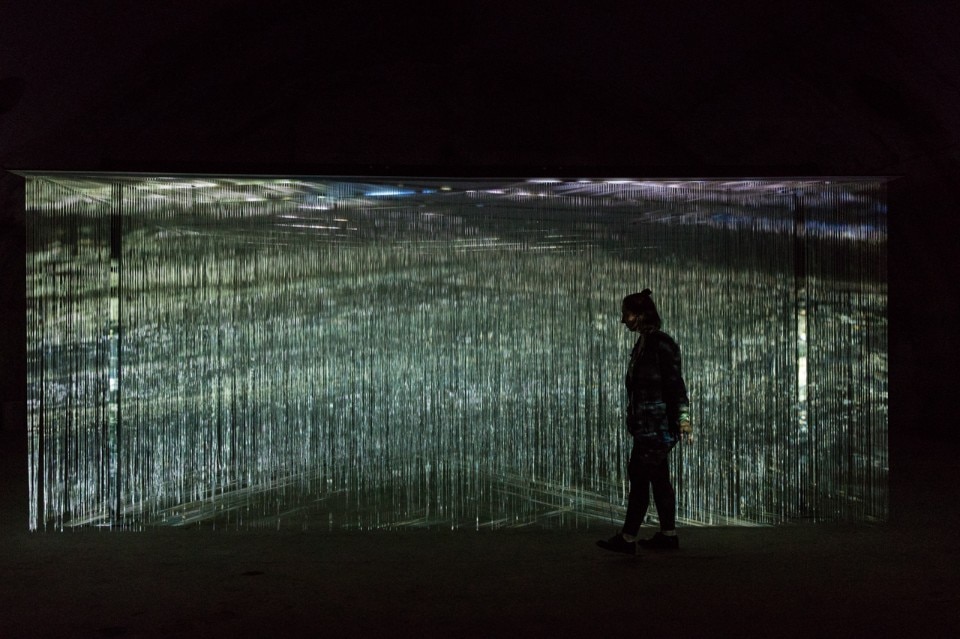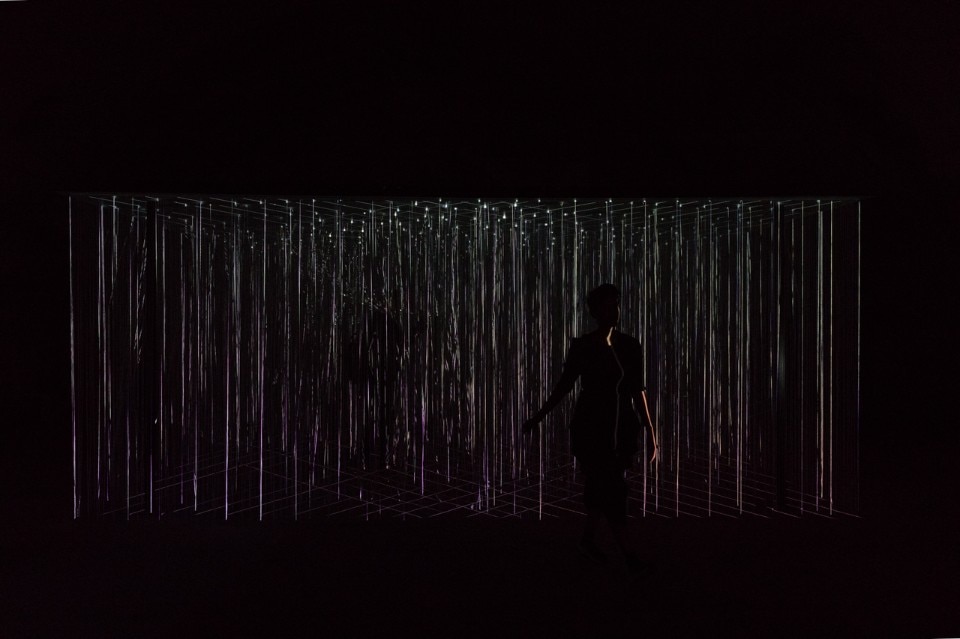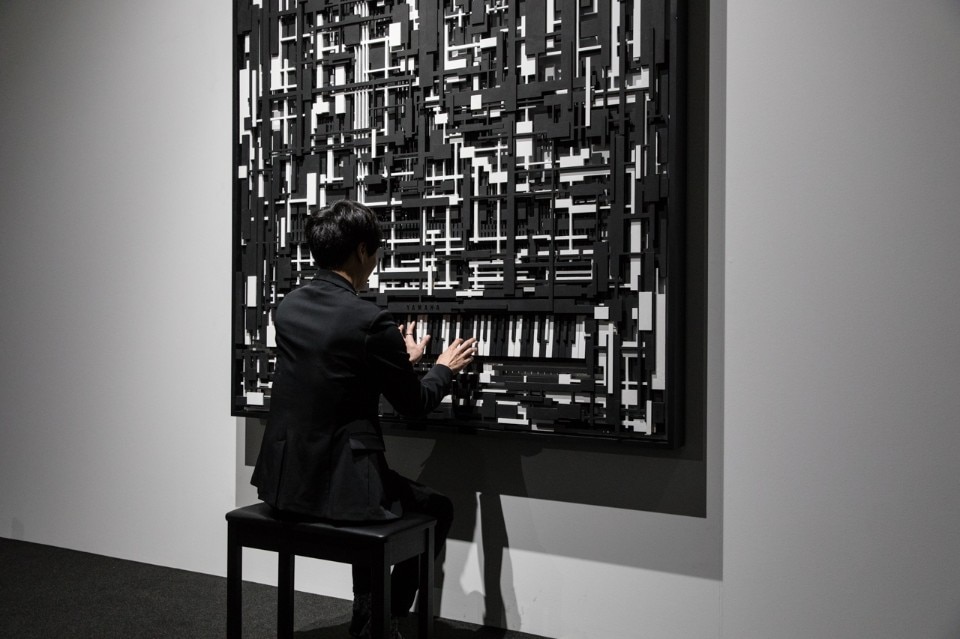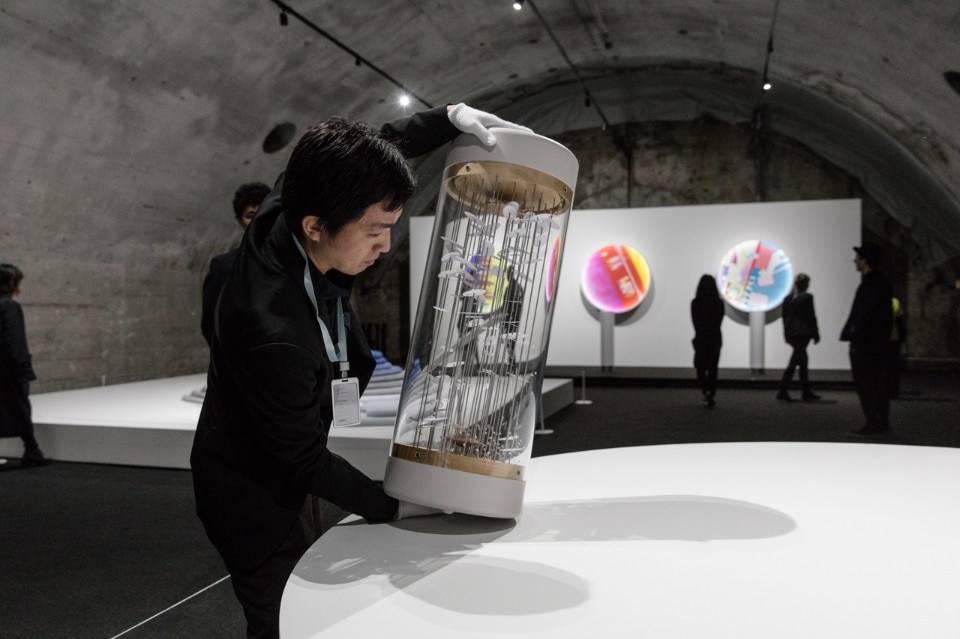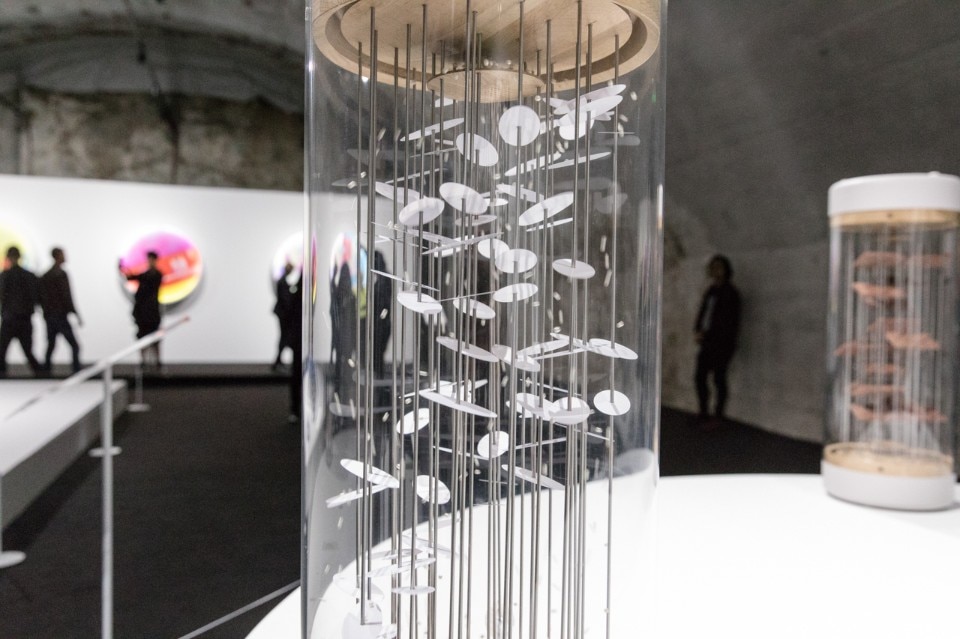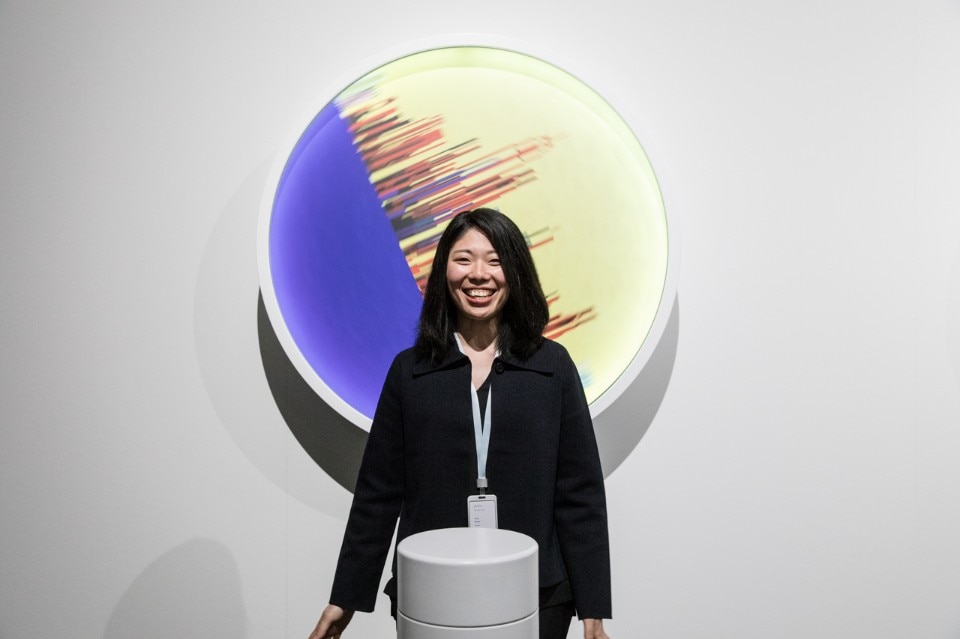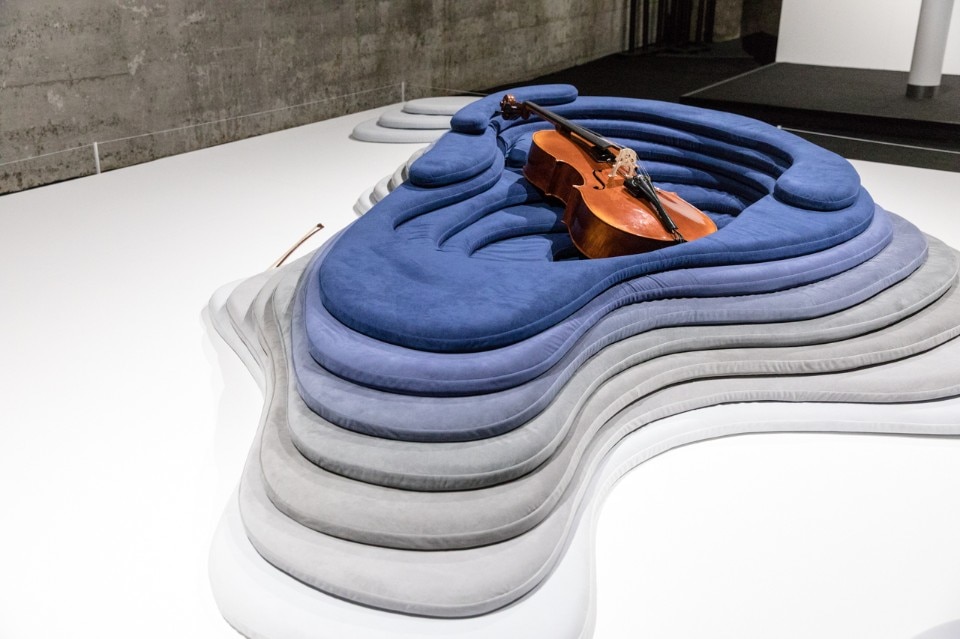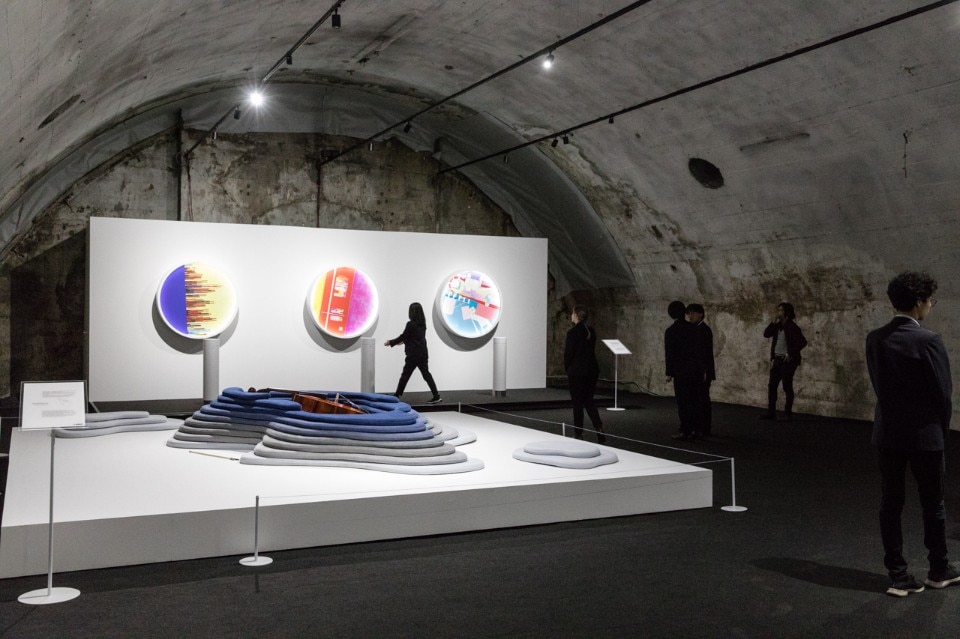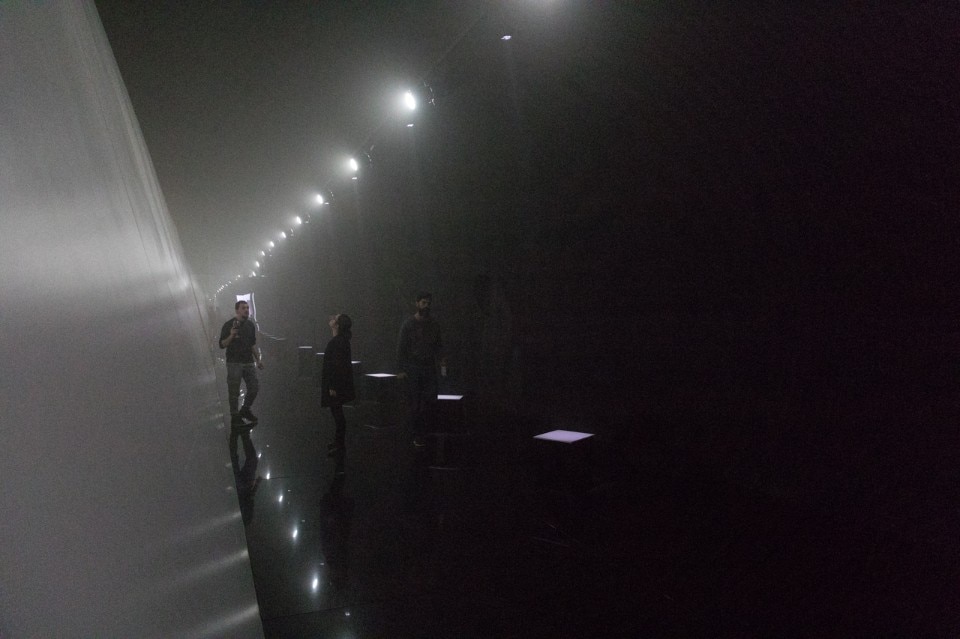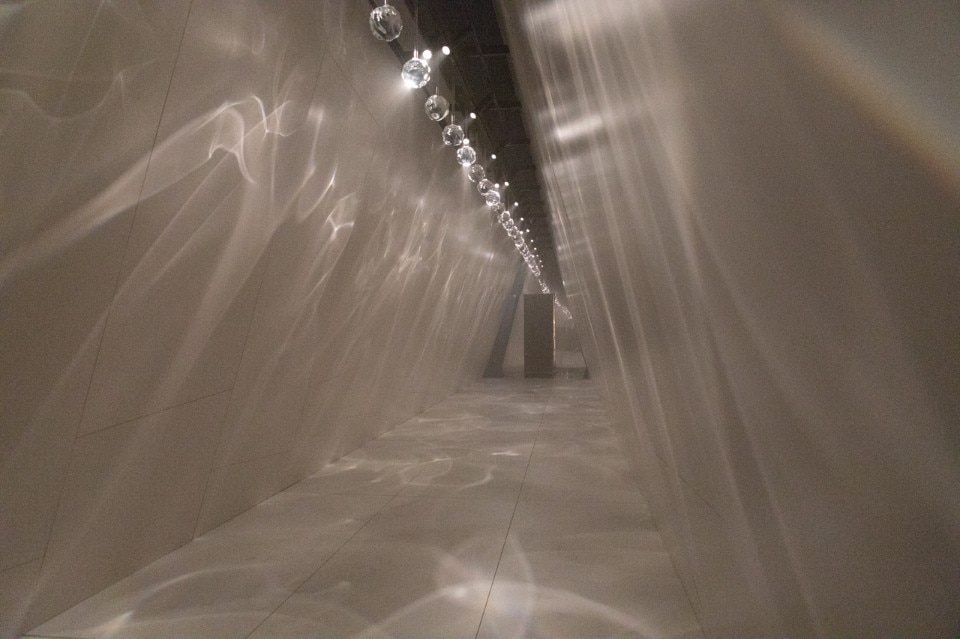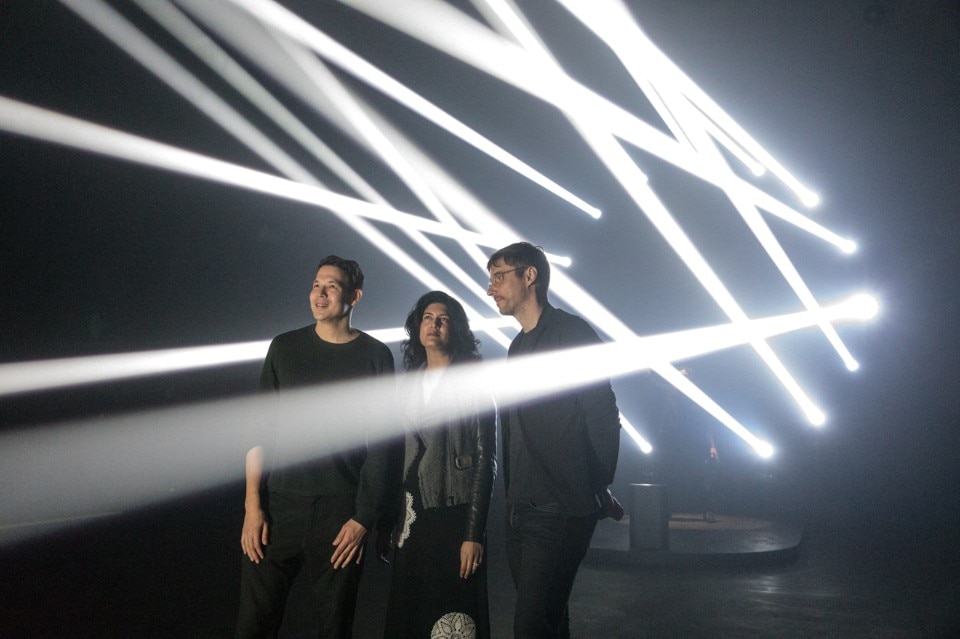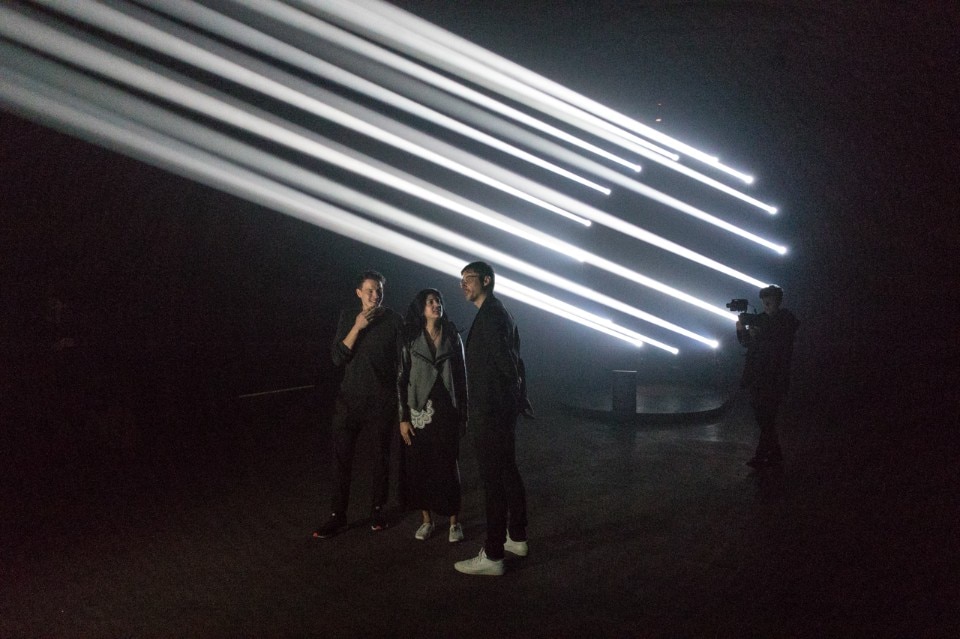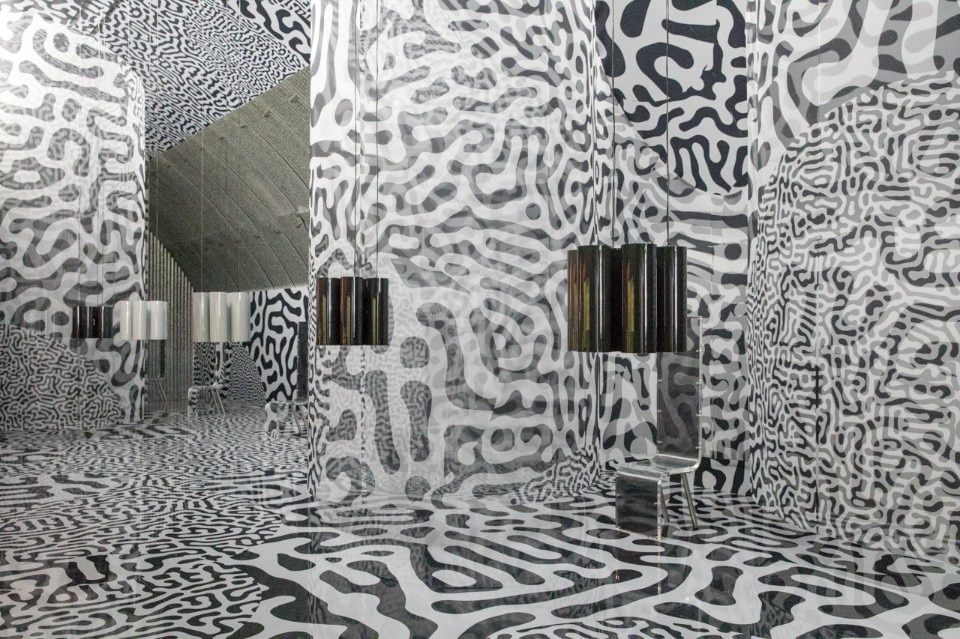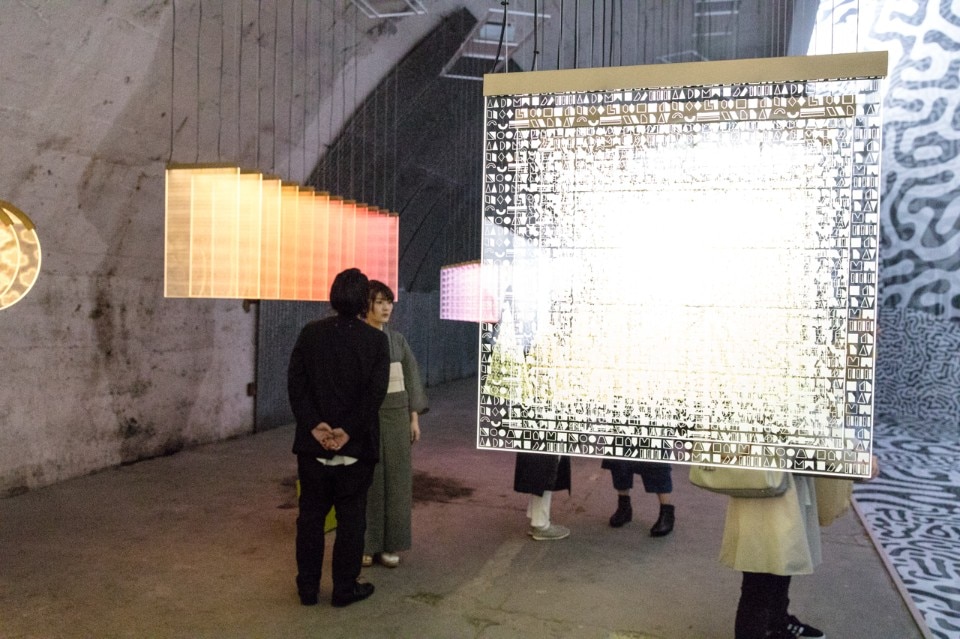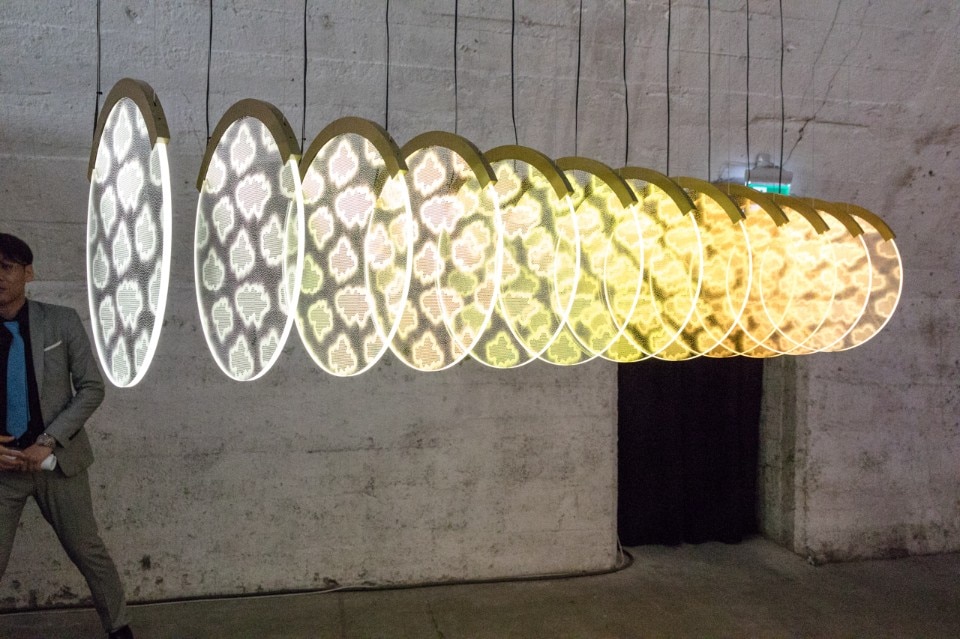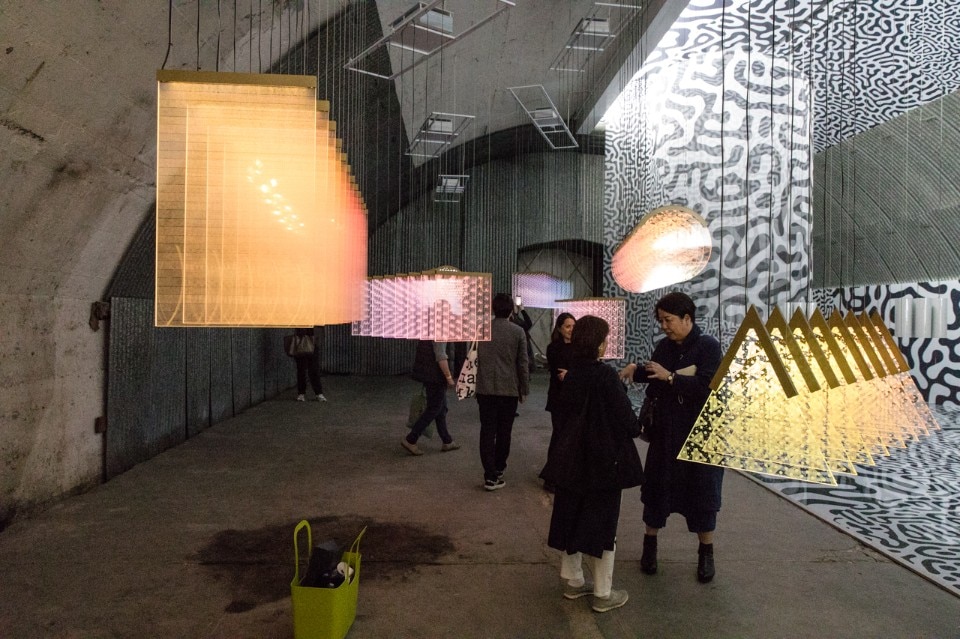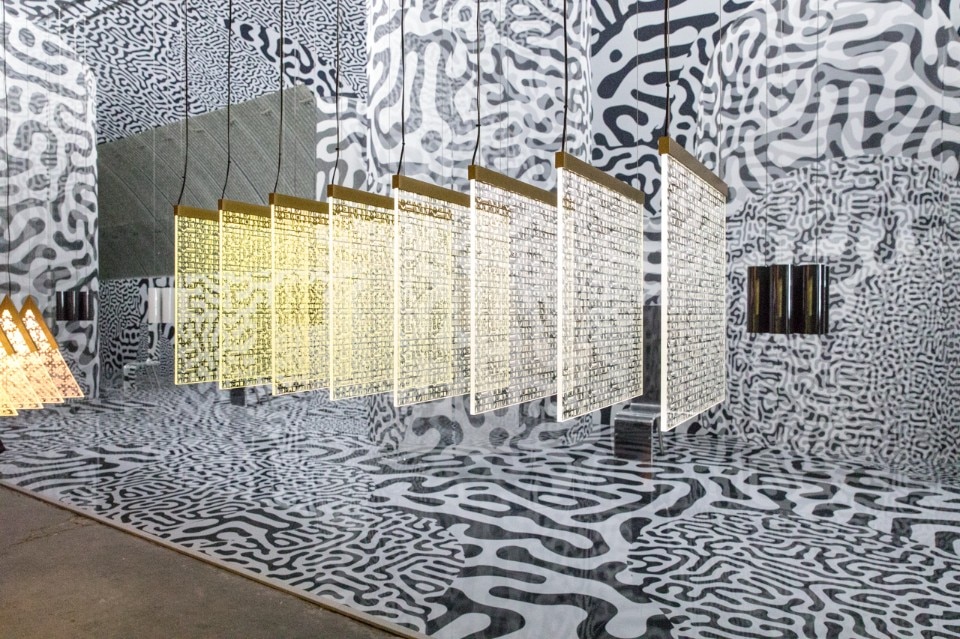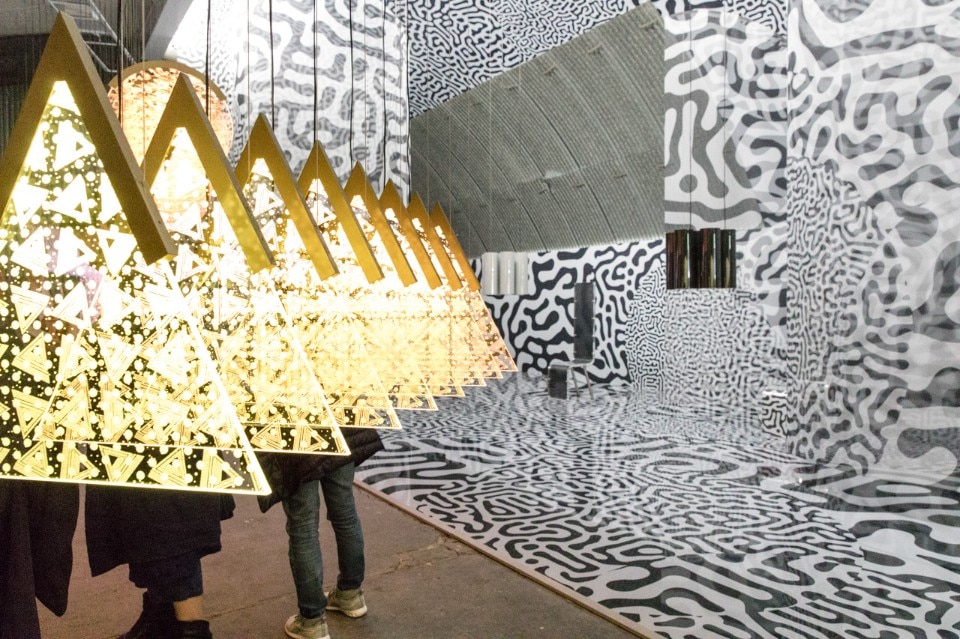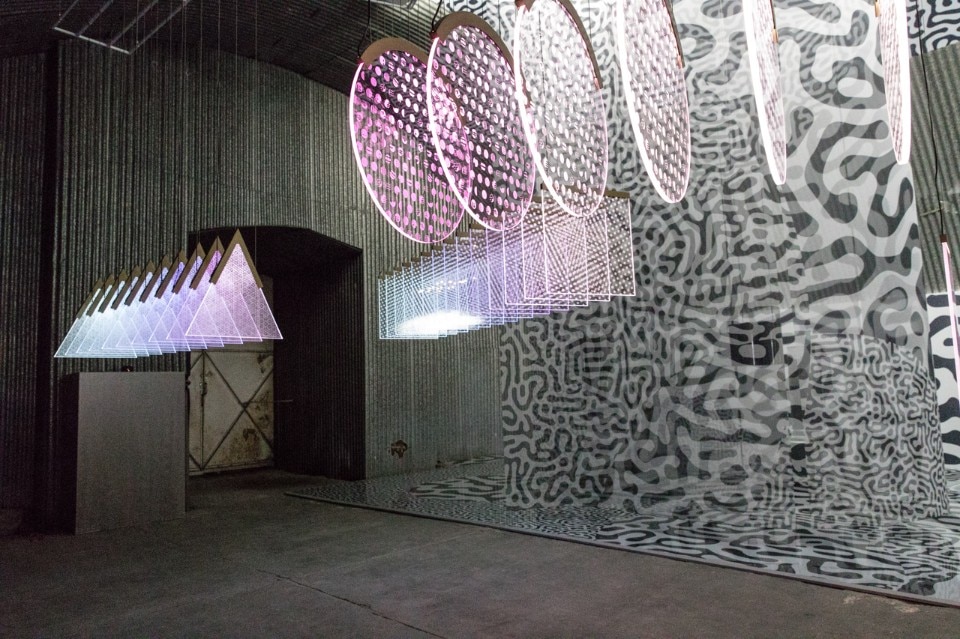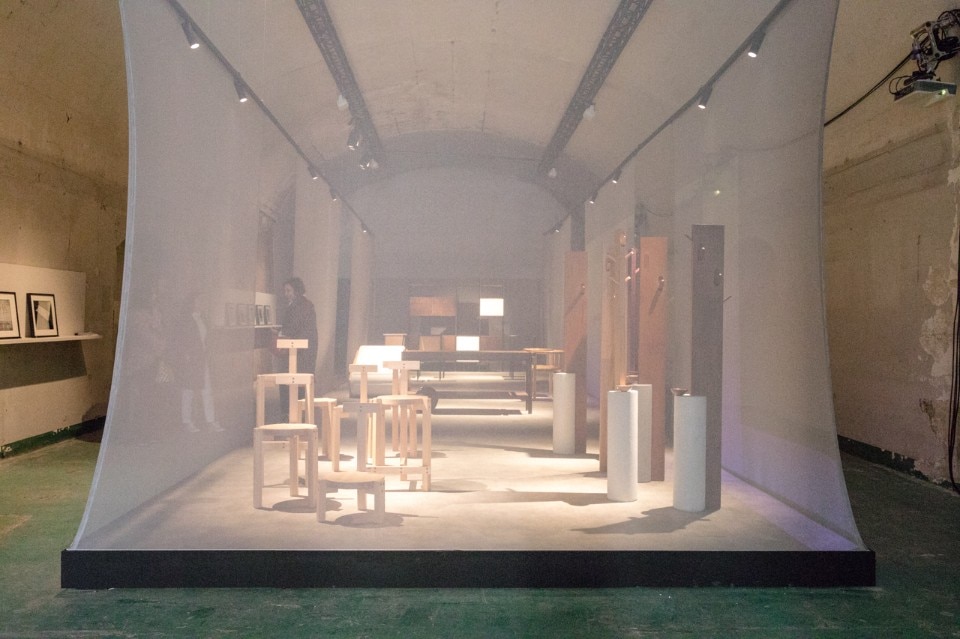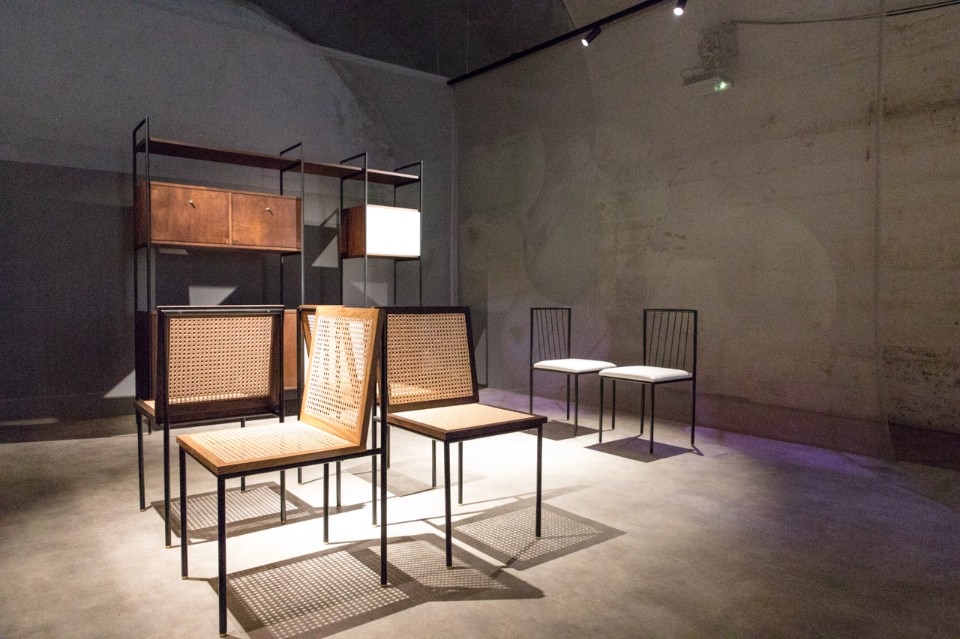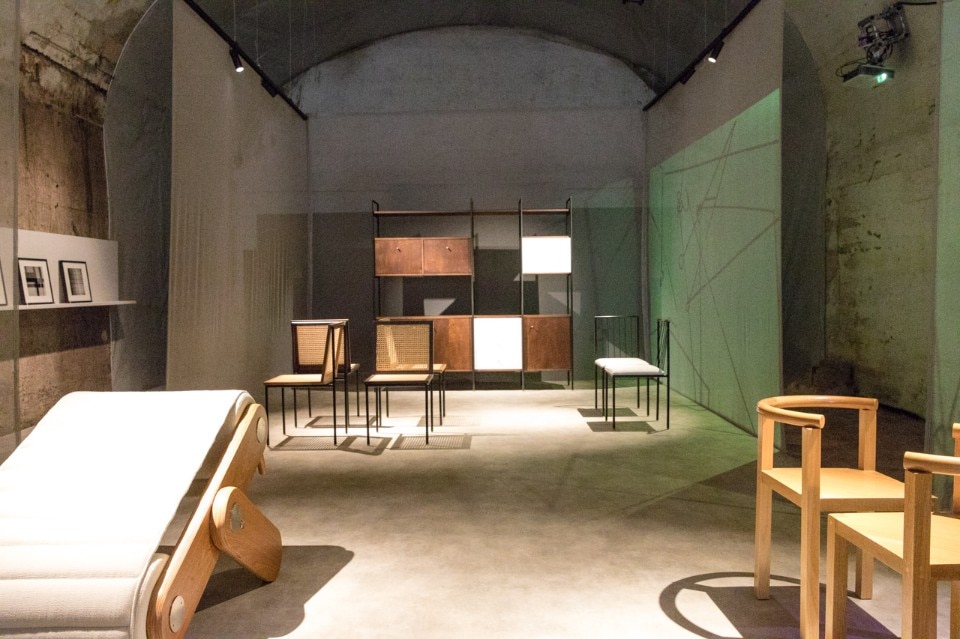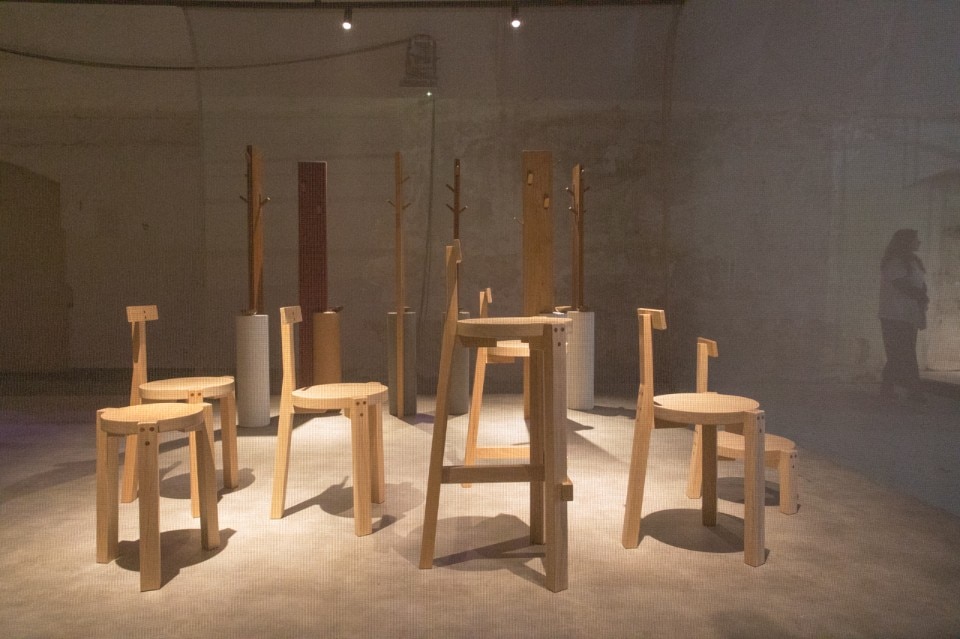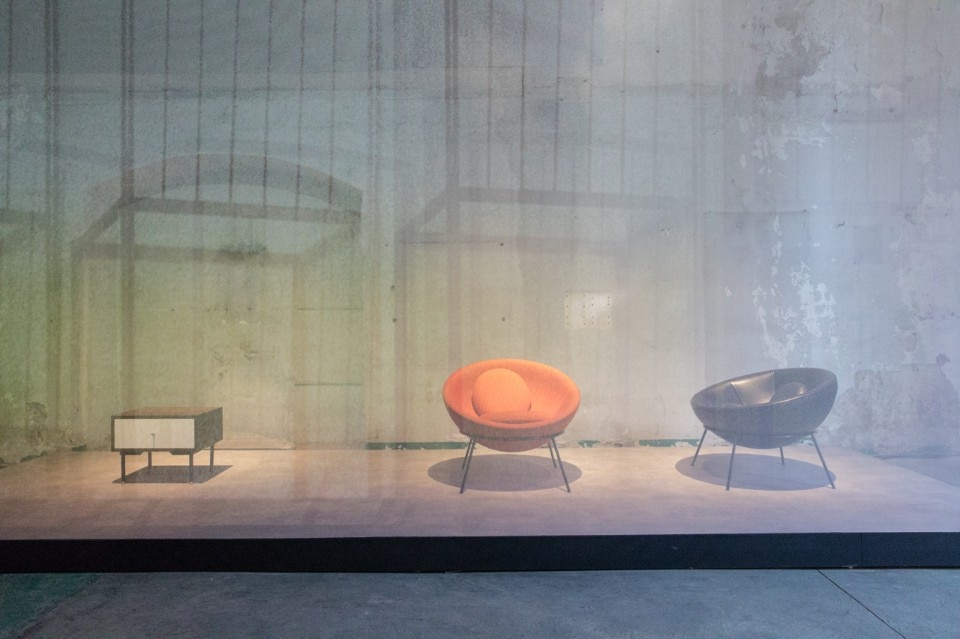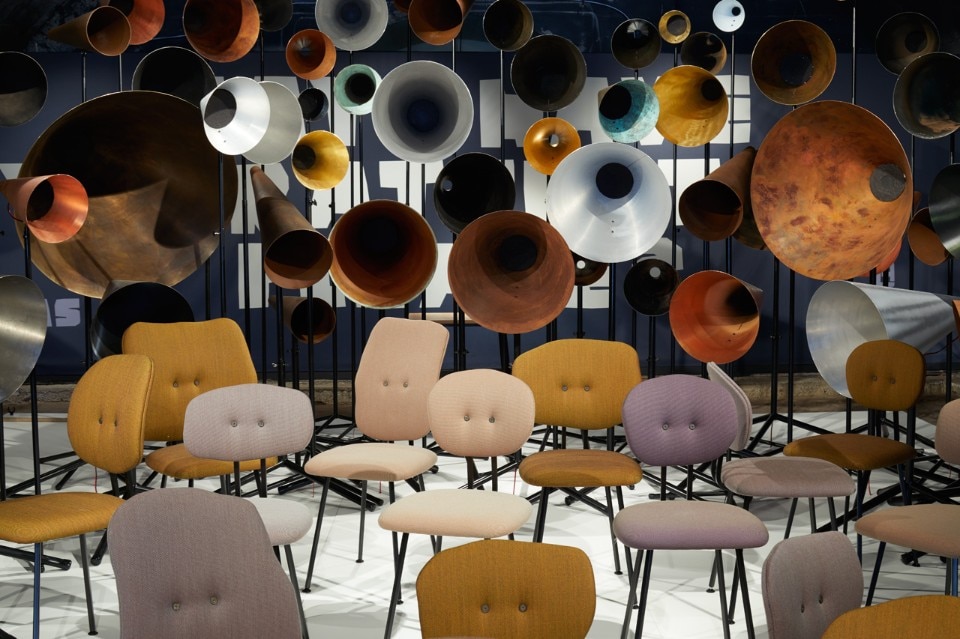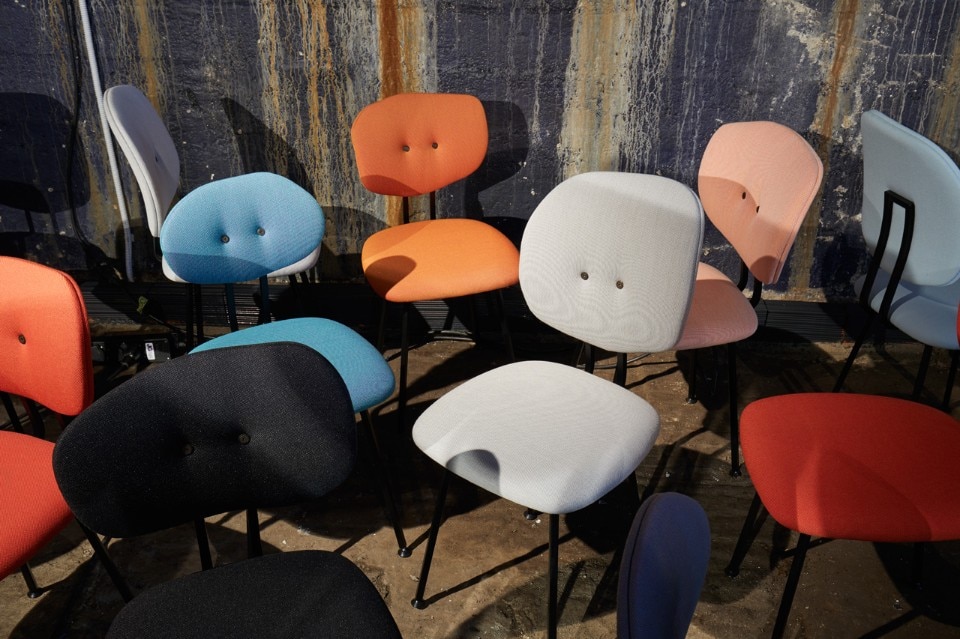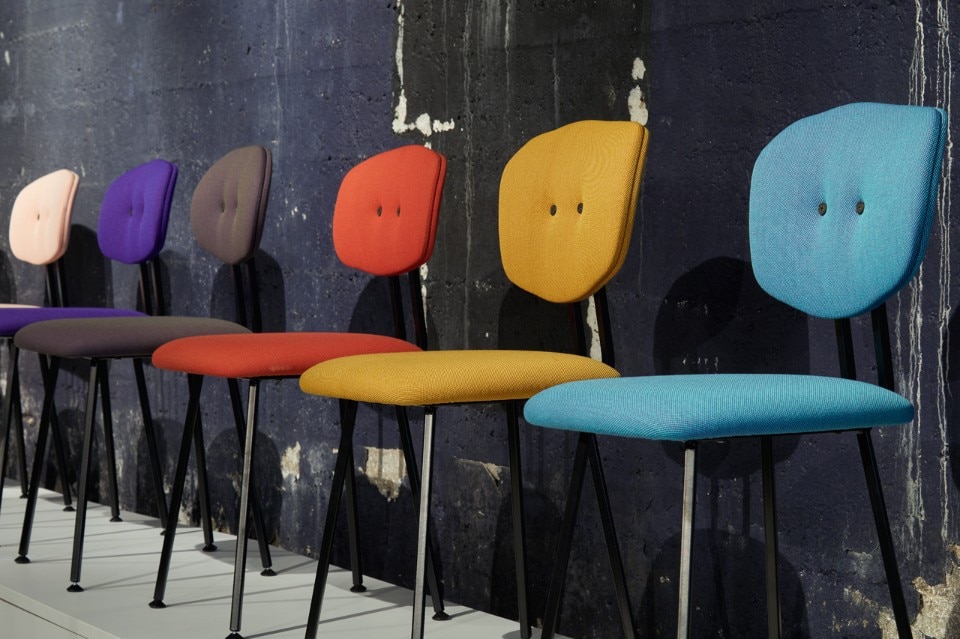On Friday evening we came across an Instagram and Facebook post saying that Ventura Projects was over. For those who aren’t familiar with it, Ventura was the freshest design event at the Fuorisalone for the past 11 years. It was born to highlight the work of very young designers and design students, with the popular formats of Ventura Lambrate – that was literally like having a piece of The Netherlands in north-east Milano –, and the scenic Ventura Centrale, in the abandoned depots of the city’s Central Station. It also opened branches in Dubai, New York, Kortrijk, London and Berlin.
“Let’s talk on Sunday, it’s more calm”, she answers to my text message. When I call Margriet Vollenberg, founder of Ventura Projects, and I ask her how she is, she fastly replies “I asked first”, as if to take some time before the dense conversation that came after. Her voice was calm, making pauses at critical points and loosening up to some humor at the end. Making the decision to shut down Ventura, right a couple of days before the official re-opening of most activities in Italy felt quite dissonant, in contrast to the general “let’s pretend nothing happened” feel, so I wanted to verify if it was truly the end. Yes it is. On the background birds were squawking in what seemed to be the prettiest day Utrecht had ever seen.
The conversation started with her complaining about the total lack of face masks in The Netherlands and then, all of a sudden, she said “You know what is so crazy, Marianna? On the 13th of February we had a press conference, it was the day after Salone’s and, of course, people were asking what we were going to do with Coronavirus. We obviously had to follow Salone’s decisions but then, not even a week after, it was a disaster. The world went upside down.”
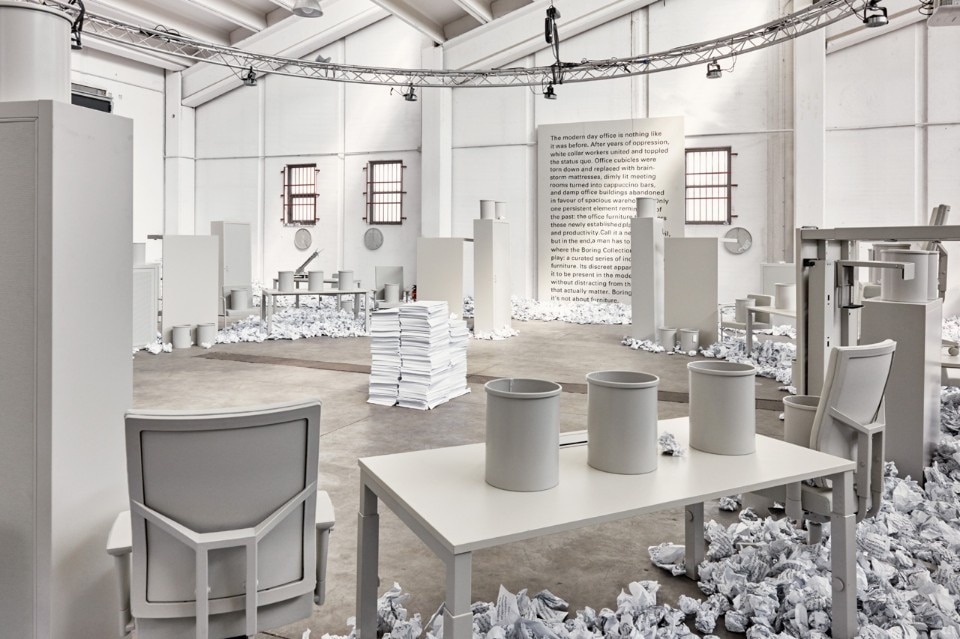
So, what happened?
It happened that Milan first was postponed. We have a team of ten people, and we worked so hard for what was to be the grandest Salone of all times. Weekly postponements made my team very tired and then we heard that things were not going to happen”, she pauses. “You slowly feel that all the energy is going away from you and you’re just thinking: Oh my God, what can we do now? What are we doing with the investments we made? And what are we doing with the payments that we received? And with the payments we didn’t receive? How can we arrange this?
We were working so hard for what was to be the grandest Salone of all times.
Ventura had five big projects on the list this year and, day after day, each one was cancelled, relentlessly.
You know, one day you are with a happy team, you’re a healthy company and you are working on the busiest edition ever, and then, just a week after, there’s nothing anymore on the list. So, at the beginning you are just looking on how to survive, how to help your clients. You have to understand what is happening, what the government is doing, what is that confusion that everybody is seeing. And then – unfortunately it goes very fast – you understand what the situation is, what your financial situation is and what that means. I had to let five people go at the end of last month and at the end of this month I had to close the office in Italy, where two people work. And even other projects, like the World Expo in Dubai in October are cancelled.”
I am a small company. It looks big but we are quite small. To survive with ten people for a year without any income and just expenses, is simply impossible.
What happened when you figured out it was the end?
Figuring out was already a lot of work: I’ve spoken with many designers and clients, to keep them updated, of course. But we also wanted to know how they were doing, if they were ok, if they needed anything, how the situation was with them. You know what? It became more and more clear that whatever would happen – and we still don’t know because nobody has a crystal ball to see what the future will be – things will change. Obviously, the exhibitors of this year were asking to keep part of the payment for next year. Many airplane companies were doing that, giving vouchers and so on, but I am a small company. It looks big but we are quite small. How can we do that? I can survive for a few months, but to survive with ten people for a year without any income and just expenses, is simply impossible. Then I was also thinking that we will get an economic crisis anyway. It is very difficult for an entrepreneur like me to take long term decisions based only on the information available, that represents just the 20% of what you need to make a proper decision: you have no idea if there will be a second wave of coronavirus, you have no idea of how the global financial situation will be in a few months, you simply don’t know.
I thought that if we continued we would give old answers to new questions and I am sure that the design world will have completely new questions.
So I decided to do it diversely, we couldn’t continue as before. I thought that if we continued we would give old answers to new questions and I am sure that the design world will have completely new questions. My future clients won’t ask how can they exhibit in Dubai, you know? They will have other kinds of questions and I cannot allow myself to give them old answers. So I first have to calm down and understand what those questions are, what we need, considering that we are still in the middle of this incredible crisis.”
Aren’t you turning your back to Milan?
Milan gave me a lot as a company and I gave a lot back to Milan, as well. If I really care about design in Milan, I think I need to start thinking what Milan will need in the near future. And if I continue with the things I’ve been doing for the past ten years, then probably that is not what we need after a crisis. But it’s hard to think about it because you are still “nella vecchia struttura”, in that old structure trying to juggle the balls in the air, trying to keep them in the air but they’re just not staying in the air, you know why? Because the world has changed. You have no idea of what is happening. Saying this to myself, just a week ago, exactly last Sunday, having to say that Ventura Projects doesn’t exist anymore – and believe me it doesn’t, because financially it’s not existing anymore, the team is not existing anymore, but also the world were Ventura Projects was born doesn’t exist anymore – was more obvious than reassuring my exhibitors with awkward sentences like “yes we will be there in 2021”, because it is impossible.
By making this decision to stop with Ventura Projects I also give myself and my company time and space to think what will be the answers for the future of the design world.
By making this decision to stop I also give myself and my company time and space to think what will be the answers to the future of the design world.
What's the future of events?
I had a chance to think a little bit. I still don’t know the answer on the future of events because events will become different. To be honest I’ve been saying this for a few years already. But I think now it will change even more rapidly. I’m not saying that everybody will turn to the digital solution, I don’t think that that is the real solution, as it is a very rapid solution: it’s like having a hole where air leaks and you put a finger on the hole trying to stop it for a little bit. Digital solutions that we have now are like a finger on a hole: you cannot keep it forever. And it’s not what we want. Events are born to connect each other, to physically see each other, to make agreements through real meetings. I really think that some things will change, but on the other hand I also don’t have that wisdom. Because I have exactly the same information as you do. I just hope I will know what the questions from the design world will be, and maybe know what kind of responses I can give, so to be able to help.”
Digital solutions that we have now are like a finger on a hole: you cannot keep it forever
Are you just taking a break or this is a change of career?
This is my world, even if sometimes, lately, negativity made me think I didn’t want this anymore, but this is what I do: I like to help designers in their journey. This is what I want to do. Waking up in these days of Corona is quite difficult, because you feel you don’t have a purpose, asking yourself ‘what am I going to do now, the whole day?’ of course we are still busy, I have a kid and home-schooling and a family... and a company in difficulty. With a company you have a very clear mission. You know why you are working so hard, you want to help your clients achieving what they are dreaming of.
If I really care about design in Milan, I think I need to start thinking what Milan will need. And if I continue with the things I’ve been doing for the past ten years, then probably that is not what we need after a crisis.
Do you feel relieved after this decision?
No, not relieved. It’s something I worked eleven years for, this was my 21st year working in Milan during Fuorisalone. I am not relieved, because Salone is also a source of energy, but I am happy that I gave myself and the team that is still there some space to think about other things. People also told me “yeah but in two months everything is opening up again, and you will have work again, why not continuing with your team?” I am not a hairdresser or a restaurant, it’s not that you open up and things are coming in. The event world will go really really slow. The cultural world will go very very slow, we were the first ones to feel what happened and we will be the last ones to start up again. For me shutting down Ventura Projects is a symbol that stops. When we started 11 years ago, nobody was listening to us, we went to a very strange neighborhood in Milan and everybody said “don’t do it there!” and then we moved to Magazzini Raccordati which was also an impossible mission. In a way we have always been that kind of rebellious because we believed in it. And I also believe in what I am saying now: we have to face the fact that things are really going bad, also in the design world. There are many companies that have difficulties and culture or design is the last thing governments think about, and it’ quite logical, even if in places such Milan is vital.
The past four days I called all my exhibitors – 127 – which meant I spoke with Mexico, Japan, Brazil, Israel, Turkey, Canada, New Zeland, Italy and Denmark: we are all in this crisis. Everybody. And we all have different problems: in Turkey the Lira went down so they already have an economic crisis, in Korea they are really scared for the second coronavirus wave, in America they are angry with their governments, in Brazil they are afraid that there will be a complete crisis among the population and in South Africa they see that people are in difficulty because they don’t have food. It’s a crazy situation guys. We never had this before, this is just too big for ourselves.
Ventura Projects doesn’t exist anymore because financially it’s not existing anymore, the team is not existing anymore, but also the world were Ventura Projects was born doesn’t exist anymore.
What did you have in mind when you started Ventura?
For me it has always been very clear. I graduated quite early as a student, I was 21, then I worked as a designer for five years in Milan. I knew I wanted to do entrepreneurship in design – my parents had an international transport company so that mindset was always in me, but I have to say that when you do the Design Academy, you learn so much about surviving that doing a fair is an easy thing! I was working for the Salone, for Superstudio, for some Dutch clients, for Marcel Wanders when Moooi was not existing yet and he asked my help to launch his new brand, so I knew what Milan was and I knew how potential it was. In those years also the Fuorisalone became very potential and I asked myself “Where are the students? Where are the younger ones?” So I had a very clear mission: to bring the younger generation, the younger talents and to make it as international as possible, giving them a chance to enter Milan’s market which had a very good public but very expensive spaces. I created possibilities for them because back then, if you were a young designer in Mexico or in Japan probably you had no idea of who to call or what to do. We helped designers with mostly everything, being open, without obliging them on anything. Nothing was obliged, they could also do the way they wanted, we really wanted to help them. That’s how it all started in Lambrate. Then it went on.
We have to face the fact that things are really going bad. I am not a hairdresser or a restaurant, it’s not that you open up and things are coming in. We were the first ones to feel what happened and we will be the last ones to start again.
You brought some Holland to Milan, what did you learn from Italy?
I learned that we all have different design cultures. And this makes it so interesting. In The Netherlands we have a conceptual approach. We are trained in how to resolve from a more holistic point of view. In Italy I was very impressed by the skills, the skills of drawing, the intelligence of how to produce. It is also logical because it’s a more producing country. For example there are many designers in The Netherlands that never worked with a producer, and in Italy that’s the first thing you do. Made in Italy is a sort of quality stamp. But also designers in Asia or South America have different mentalities and that, for me, was very important to showcase. And that’s why I started working with academies, to show new design generations from all over the world. So they started to know each other as well, because for one week you are together day and night and you make the world a little bit smaller.
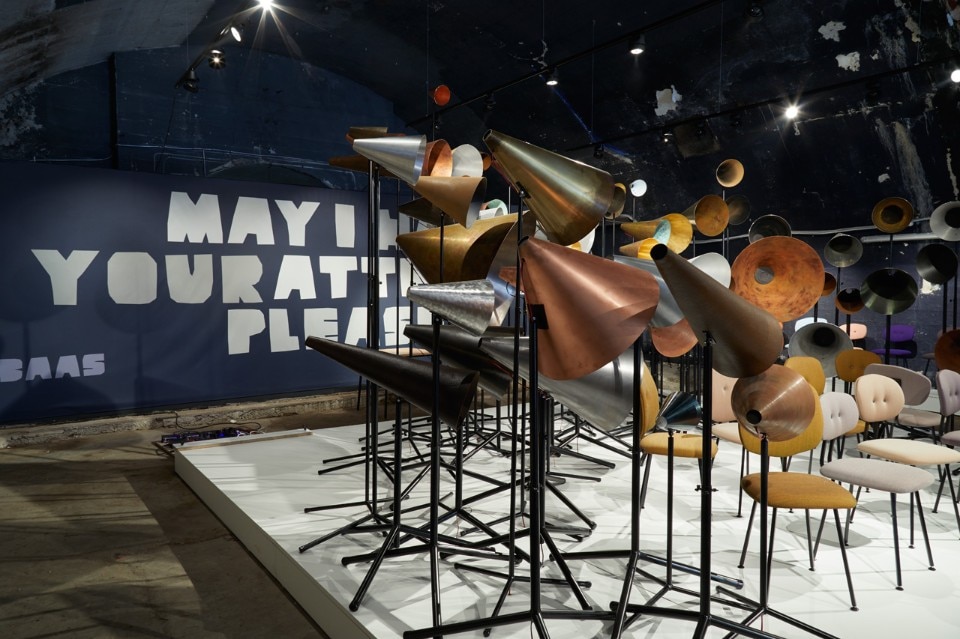
When you started with the new editions in Dubai, London, New York etc. what were the differences with Milan’s?
They were completely different, first of all from an organizational aspect. In Milan we did it really from A to Z and in the other occasions very often the space was already there, other contexts were already there. For example in Kortrijk there was a specific request were they wanted only designers under a certain age, more of a Salone Satellite kind of idea. Then in New York I worked with Dutch designers, in Dubai the request was to have more Western designers because they had a lot of Asian designers already; different starting points I think. The starting point for Milan was that we wanted young talents and companies with radical ideas and companies and design studios with a lot of guts, we wanted to give them a platform where they could do that. That was what Ventura in Milan was doing.
Seeing directors of big companies talking with young designers. Those moments were very memorable.
What are the most memorable moments you recall?
Oh my God, oh my God (she says laughing)… Many. That’s very difficult. When we moved from Lambrate we had to think very carefully about it because it was a good atmosphere with very sunny days, everybody outside, the feeling of a festival, which is different from Rho Fiera. Seeing directors of big companies talking with young designers. Those moments were very memorable. But also the dietro le quinte, behind the scenes, because there were so many incredible spaces that I saw in Milan. I remember when we opened the serranda of the Magazzini Raccordati – after 30 years, without keys – we were speechless, just saying “wow, this is exactly what we hoped there was behind”, and it was even better. I remember I had an appointment there with Luca Nichetto to see the space and to discuss what could be the possibilities and he was just saying “everything is possible here!”.
And doing it altogether with a very small team, mostly women, of course Fulvia Ramogida, head of the Italian team was there, together with Ilaria Casetto and a very young team as well. When I started I was 32 and now I am 42, so we were very young I think. I took some risks. I remember also spectacular exhibitions as for example during the first year of Ventura Centrale, I found incredible the giostra called Time Machine by Lee Broom, it was so poetic in that big empty space with a carousel moving very slowly. When I was standing there, with classical music on the background, a man came in, I think he was 90 or 95 and he stood next to me saying he worked in that exact space for years. He got very emotional thinking he would never see that space anymore in his life. What I remember the most are the happy faces of the visitors, of the exhibitors, people would come all excited telling you “wow, I just spoke with Mr.-this-and-that and maybe a project is coming!”
I still remember the first or the second year that right in the middle of the design week the eruption of the volcano in Iceland stopped aerial traffic and everybody were stuck in Lambrate!
And what about the hard moments (before coronavirus)?
Absolutely, we had many! The first or second year there was, maybe you remember, the eruption of the volcano in Iceland! That was quite something, haha! It was right in the middle of the week and then everybody was locked in Lambrate (she keeps laughing). We decided to organize buses: I remember a Dutch orchestra that was coming from Rome passed to Lambrate and picked up some Dutch designers to go back to The Netherlands. But also frustrating moments, as when prices went up in Lambrate. People see you are successful and think that the more visitors come the more rich they make you, but that’s not how it works! The more visitors come, the more difficult it is to manage because visitors are not paying an entrance fee and you have to manage them. Those were difficulties because you don’t think that when you make a design exhibition you will need to handle 150 thousand visitors in a week. Difficult moments never stopped us – until now.
When you decided to leave Lambrate it was quite shocking. There were protests from citizens that had projected their future into Ventura’s. Did you realize you were more than just an “event”?
Yes, yes. I realized that. And I was also a little bit angry about that. We always did everything with our own money, it was always our investment. I never had big sponsors, or money from the city and now I had a problem because I started with a rental price that grew exponentially, but my clients were still those young designers, you know? At a certain point I had a talk with 19 different space-owners and they said to each other, “Ventura is very big, the rent will be higher next year”. So we organized an assembly. There were advantages for them because they tried to rent out spaces for 20 years without success and now with Ventura they had a chance to rent the spaces easily. I said “It’s not on us that you can gain your money, but on the future that it can bring to you.” People didn’t understand that and didn’t want to see that, they wanted to earn money right away so I had to think about something else, it couldn’t be valid for us anymore at those prices. Then different organizations came in and started to use our name in their promotion. I got messages and telephone calls and mails from my clients saying that there were local companies that were reaching out asking if they wanted to exhibit in Ventura Lambrate but it was not us, how was that possible? So we couldn’t handle it anymore and new opportunities came in, like Ventura Centrale and Ventura Future.
Let’s talk about the “Vollenberg Method”…
(Laughing out loud) That’s easy: intuition and la sensazione nello stomaco (guts).
You had 7,000 exhibitors so far. Do you remember all of them?
I think I remember almost all the works, maybe not all the faces and for sure not all the names, because I’m not really good at names, but yes I’m quite good at remembering the works.
You don’t think that when you make a design exhibition you will need to handle 150 thousand visitors in a week, meaning food and toilets
Do you have a message for the design community and young designers, now that they are losing a point of reference?
To stay connected. We designers tend to say that we work together, it even became a trend to do interdisciplinary work. But I think at the end design is quite a lonely work. But, especially now, it is important that we keep talking to each other. The new world we are entering now will have a lot of design questions because we have to reinvent it. We are not over yet. I would like to thank my team, the Italian team, the Dutch team, the 7000+ designers that put trust in us and also the city and the visitors, because at a certain point people had to go all the way to the other side of the city and put an effort in looking carefully at the designs. Some of the projects were not easy to comprehend and really interesting conversations came out of that. We asked quite a lot to the visitors so I would like to thank them for taking their time to understand.
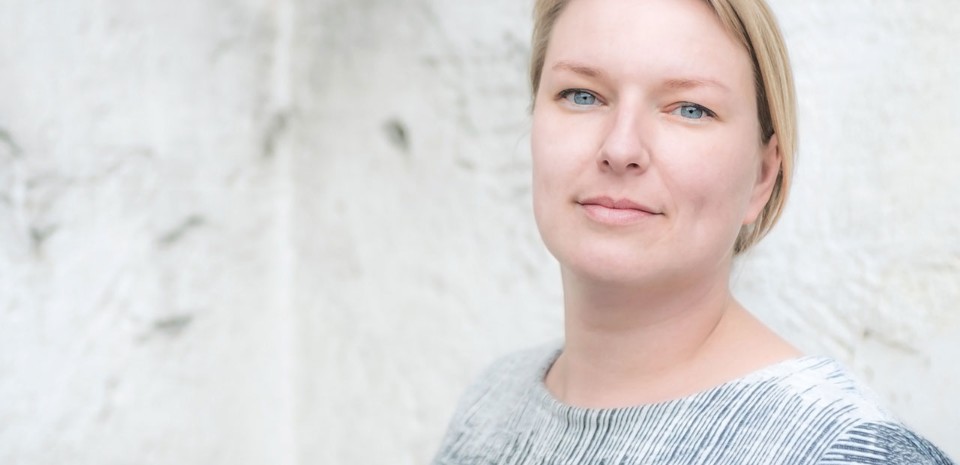
Opening image: Lee Broom, Time Machine, Ventura Centrale 2017, photo Andrea Astesiano


